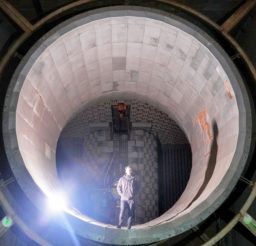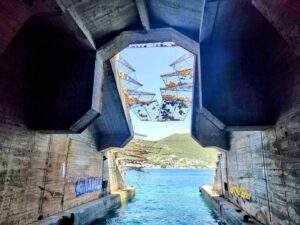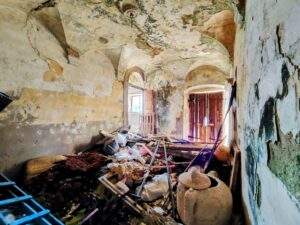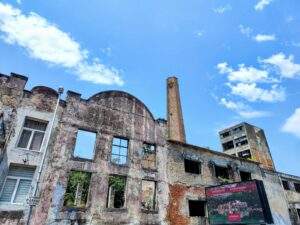Abandoned Croatia: Kupari Hotels, Dubrovnik | Urbex

Not far from Dubrovnik, where hotel prices soar and vacancies are filled in the busy tourist season, the hotels in the bay of Kupari aren’t taking any bookings. Despite their prime location, stunning sea views and once-grand architecture, the complex of seven luxury hotels hasn’t seen anyone check in for over 30 years. They remain abandoned, their walls ridden with graffiti and bullet holes.
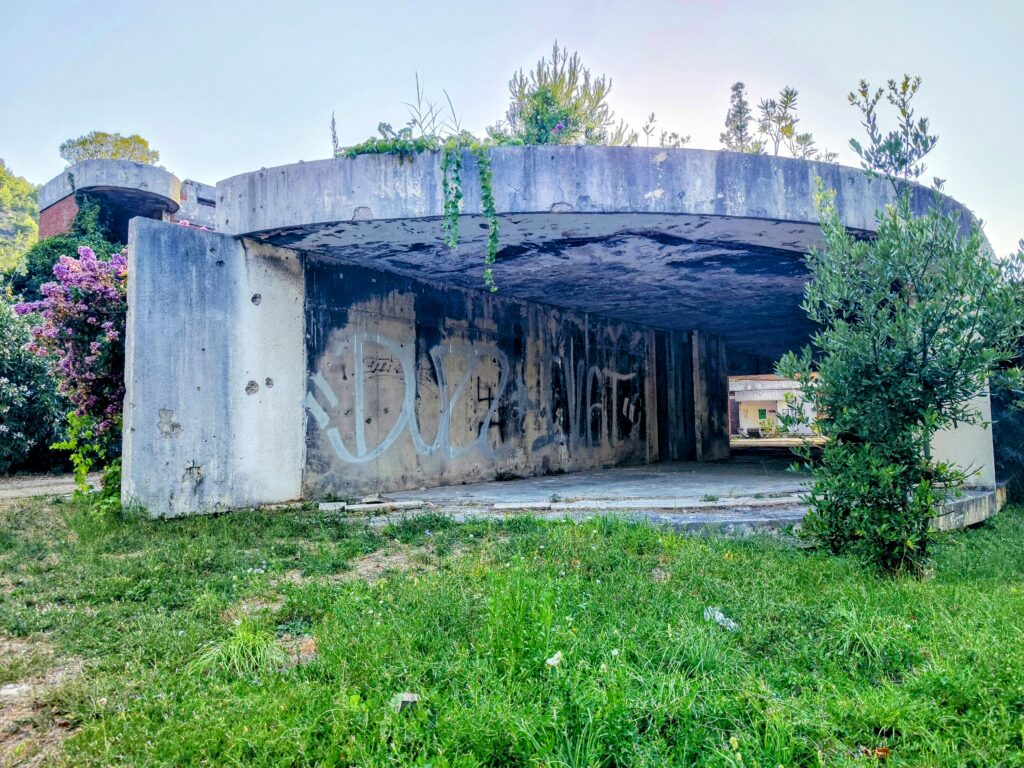
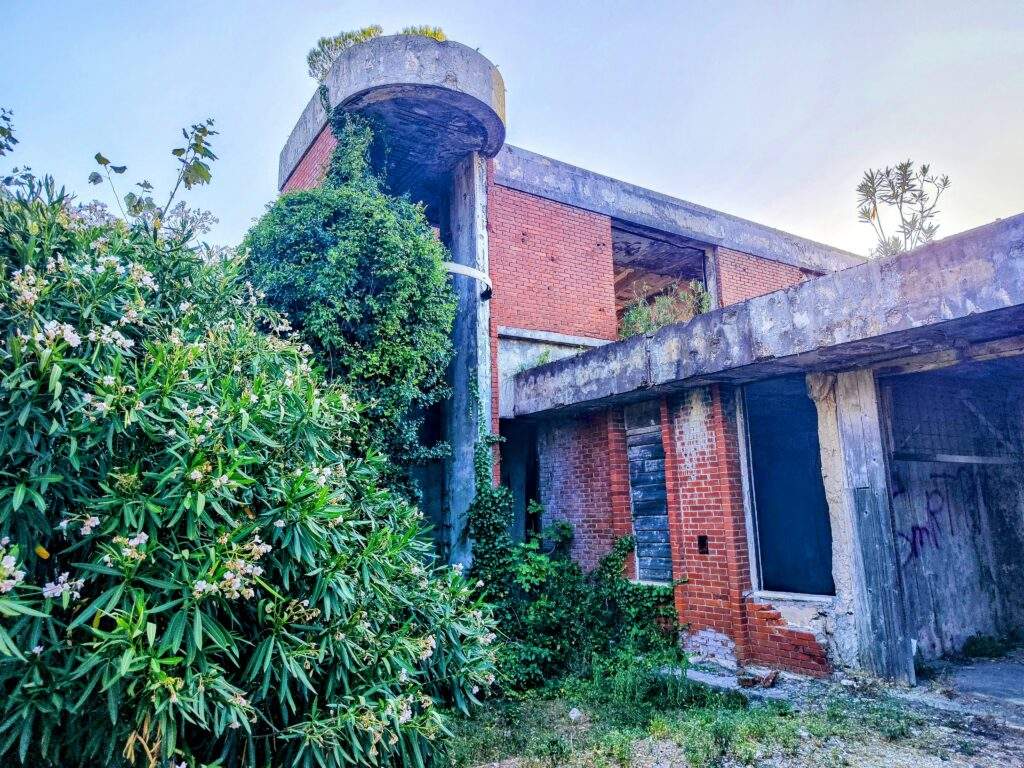
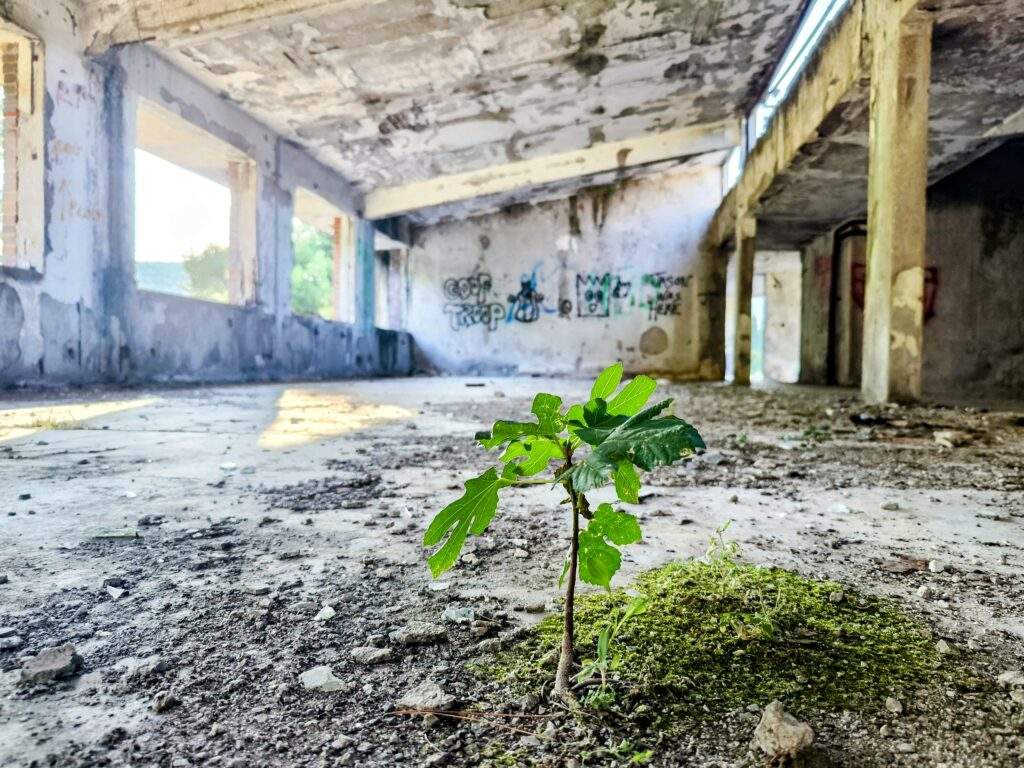
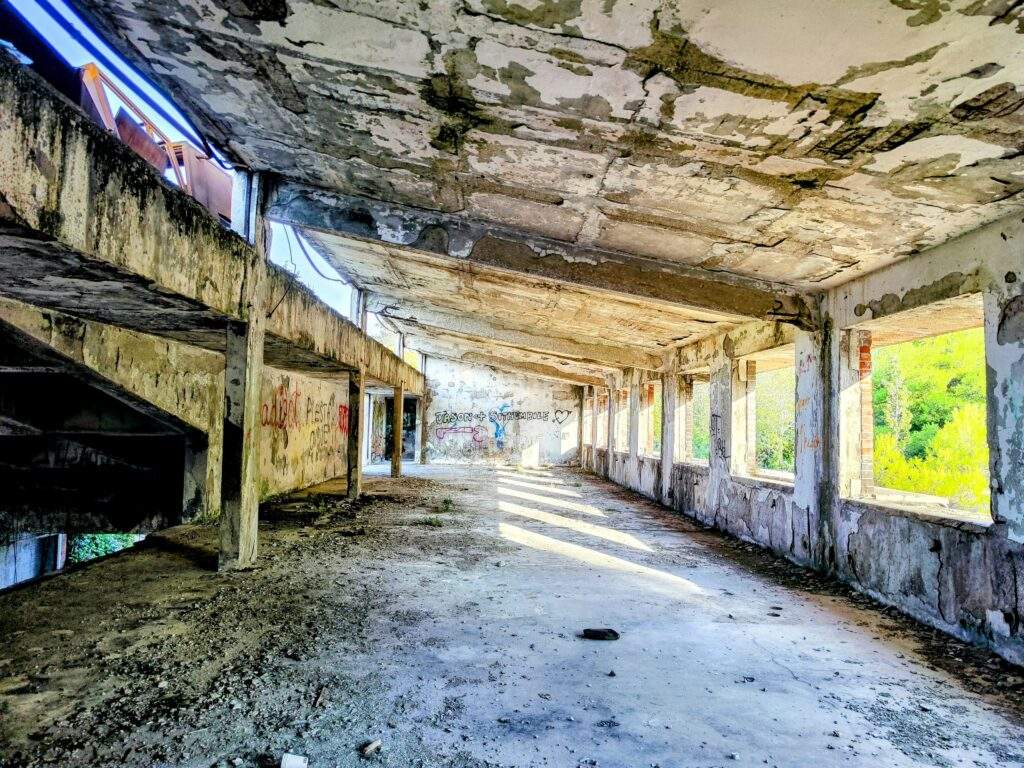
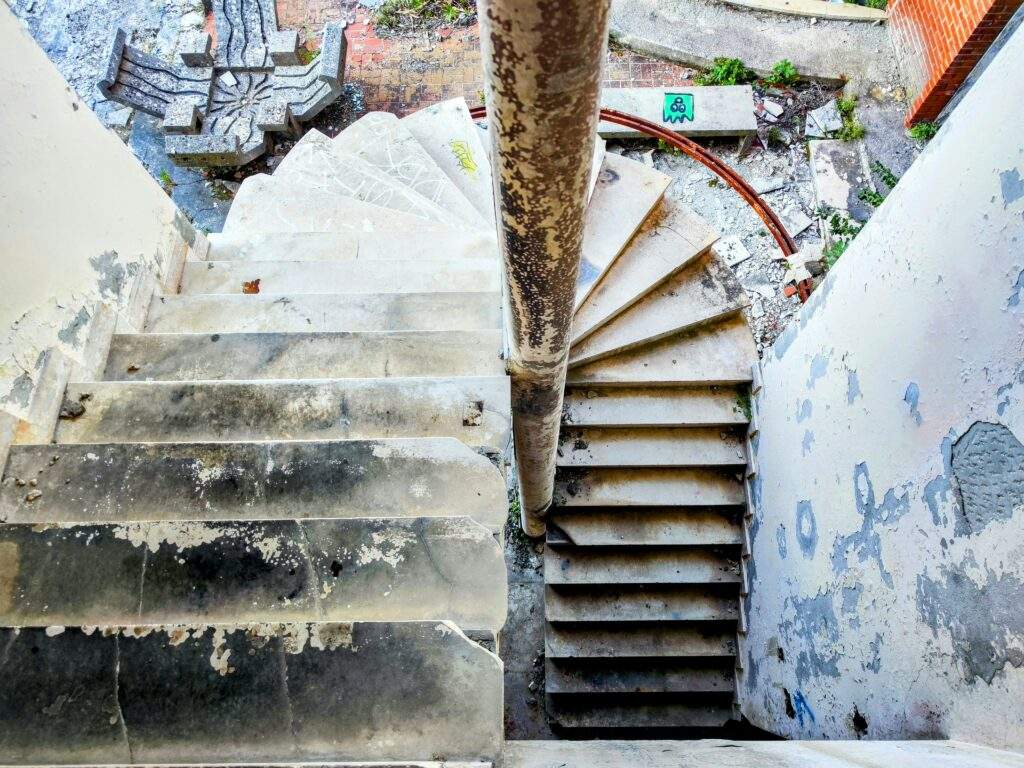
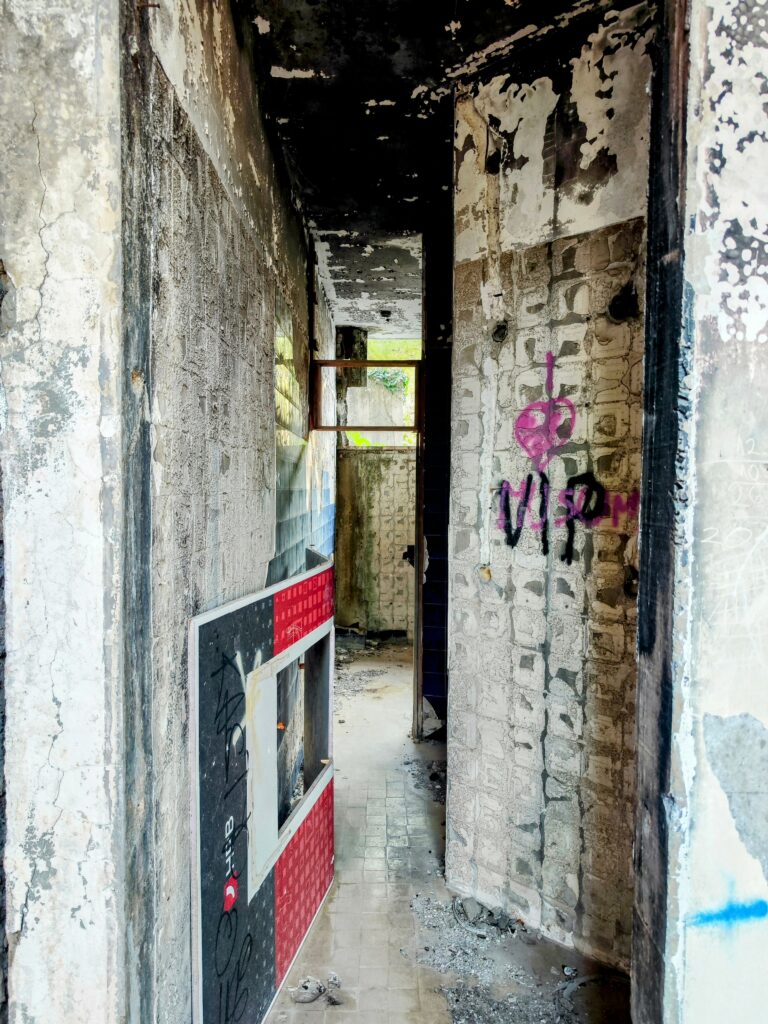
History of The Kupari Hotels
This abandoned luxury resort first welcomed tourists in 1919, when the Grand Hotel was opened by a Czech entrepreneur who realised the area’s potential for tourism. Over the years six other hotels sprung up in the vicinity, offering exclusive, luxury breaks overlooking the Adriatic sea. By the 1960s the resort attracted the elite of the Yugoslav People’s Army, as well as the national officials of Yugoslavia, alongside Yugoslav leader Josip Tito.
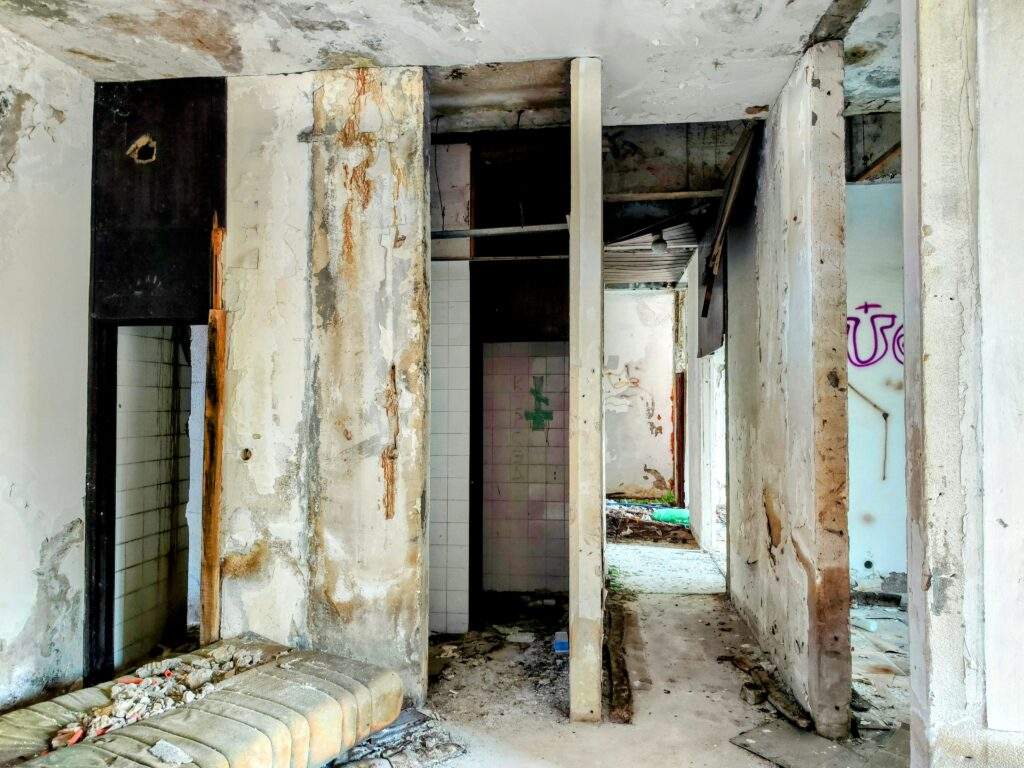
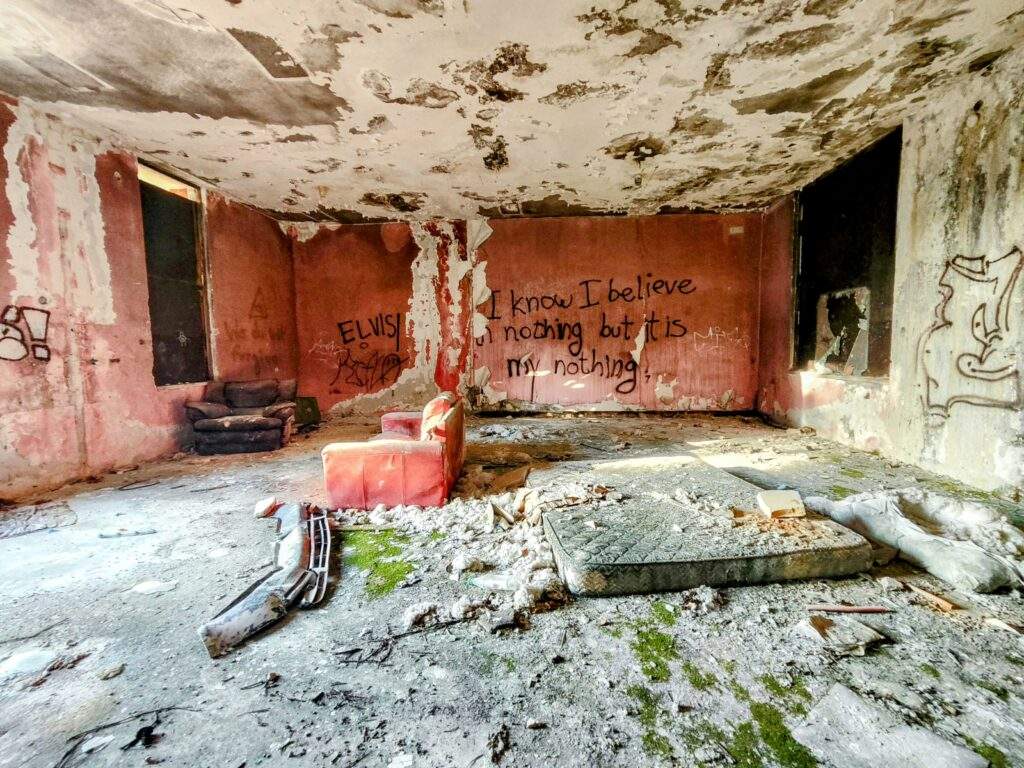
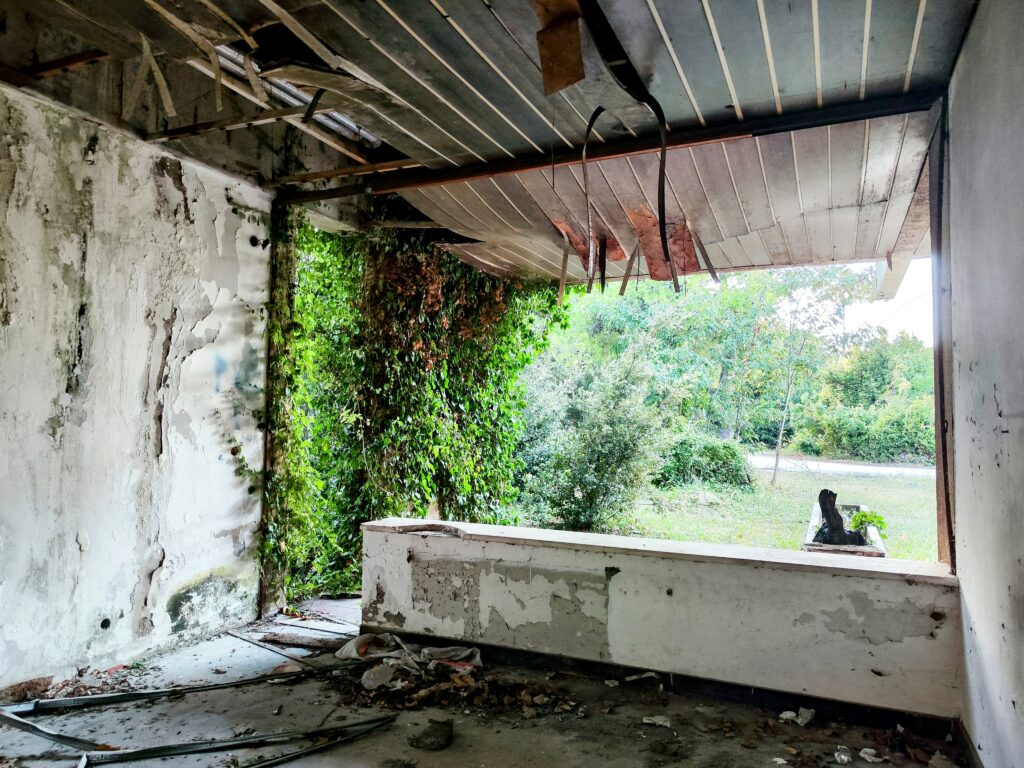
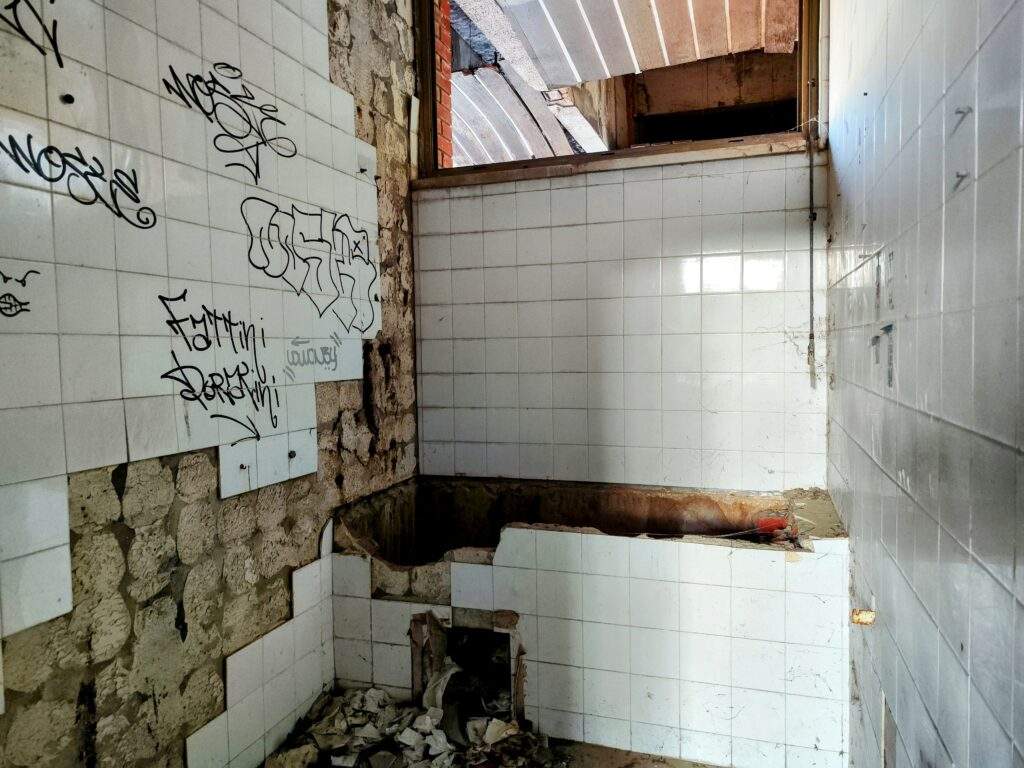
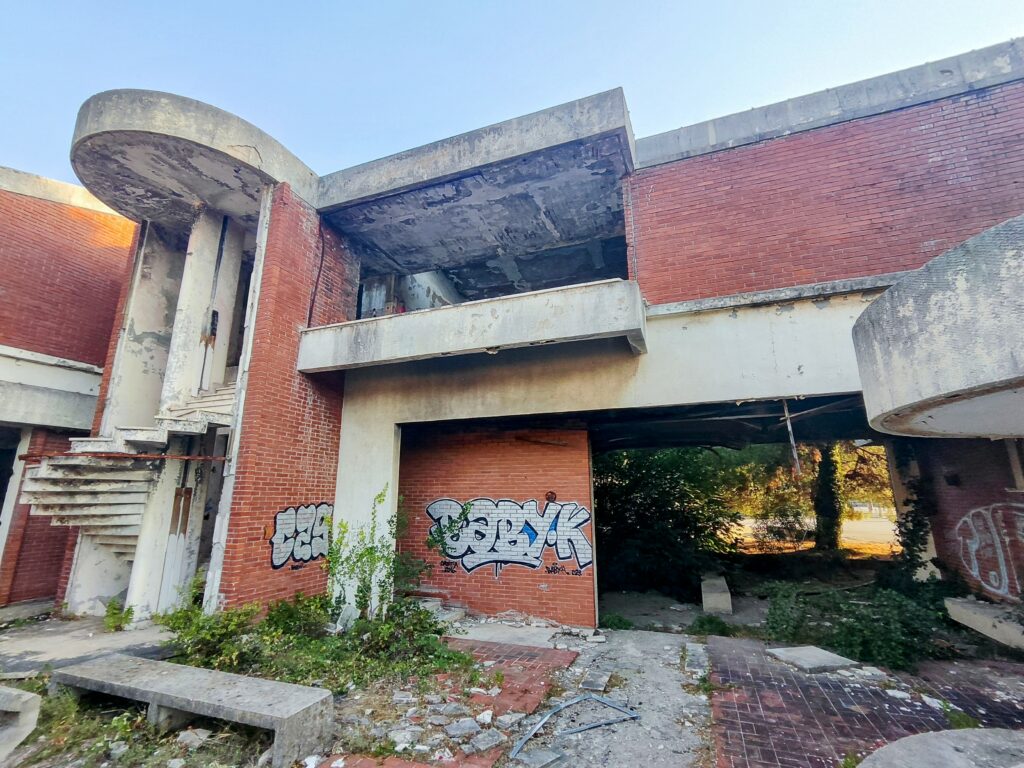
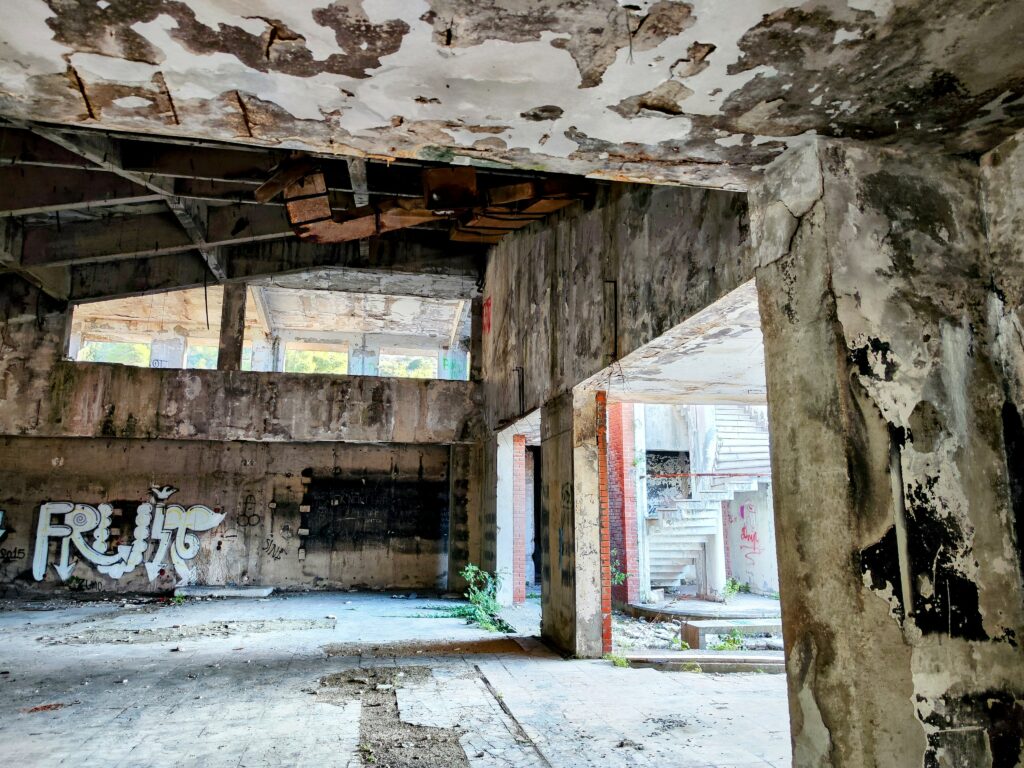
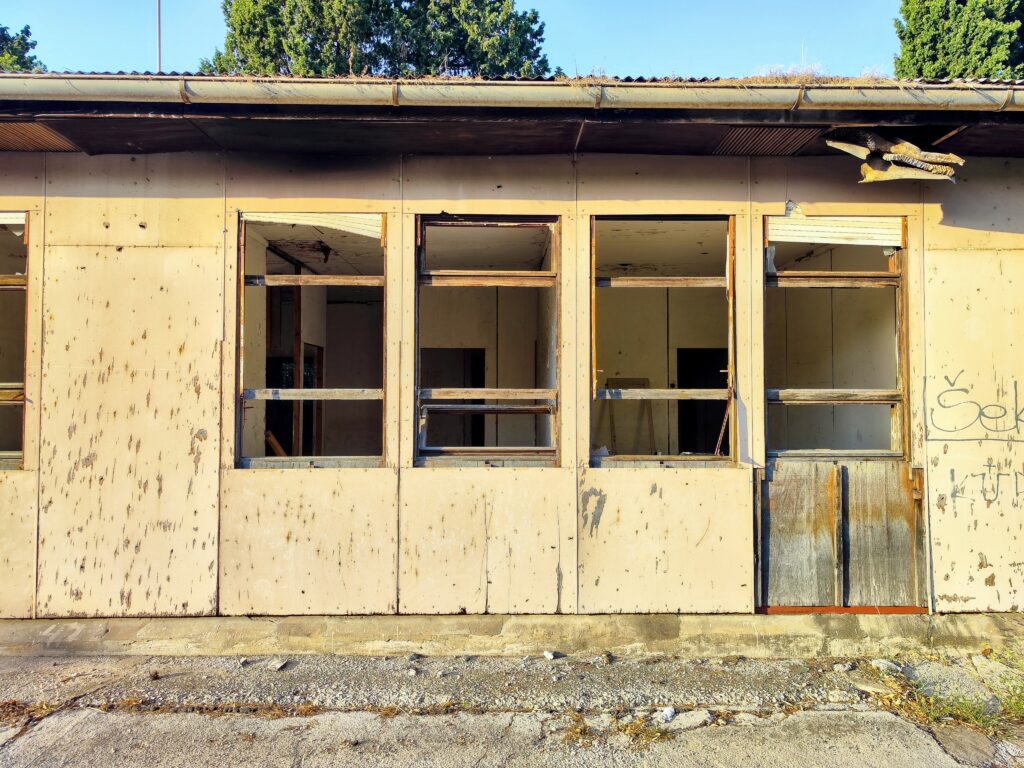

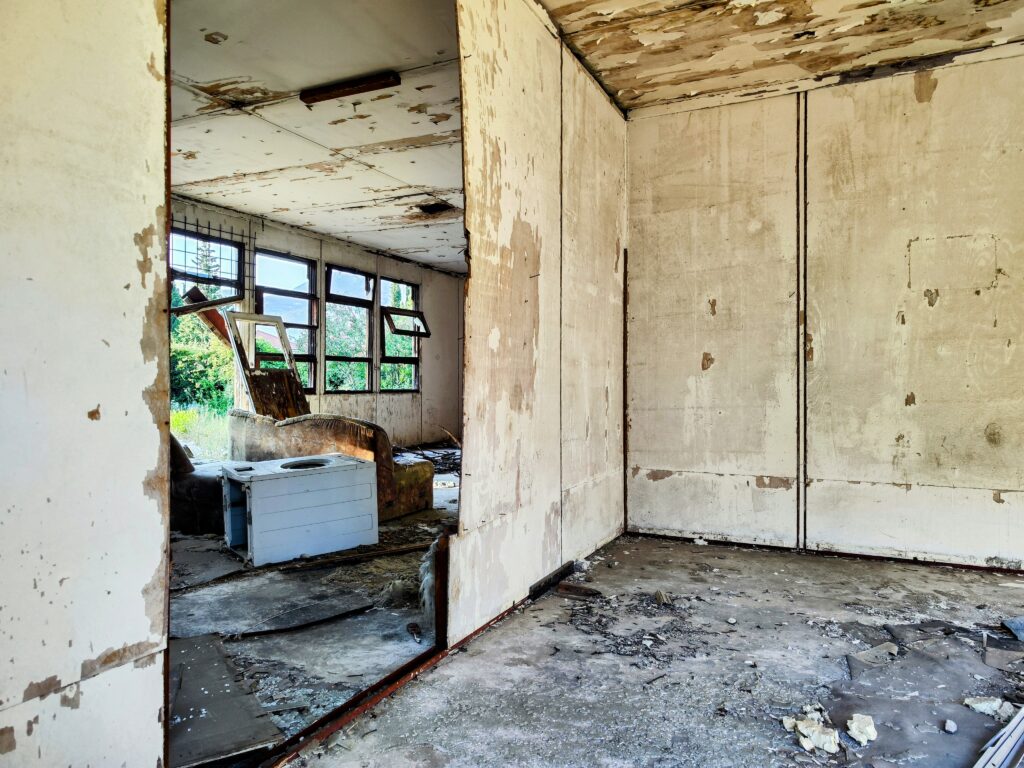
The military bankrolled the construction of additional hotels for its officers and their families to enjoy, with 1600 rooms available across the resort. Kupari was so popular with the Yugoslav elite, that an additional camp was built along the main road into the resort, which could house a further 4,500 noble guests. Bookings at the resort were increasingly hard to come by for the average guest, with those with military or government connections often taking priority.
In the 1980s, with the arrival of the 1984 winter Olympics in the country, Kupari was opened up to foreign tourists for the first time, bringing in their much-needed western currency. All the way up to 1991 the resort was a desirable holiday destination for European visitors, attracted by the scenic landscapes, beautiful beaches and pristine sea views, and well-catered for in the cluster of hotels that was fit for Yugoslavia’s elite.

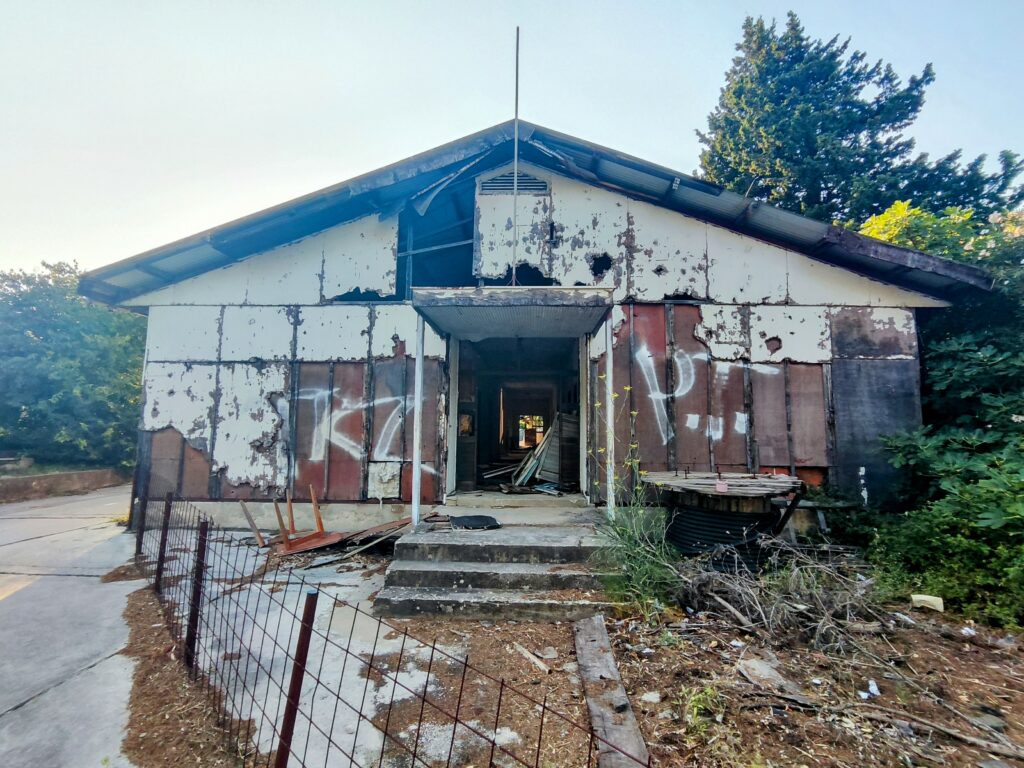
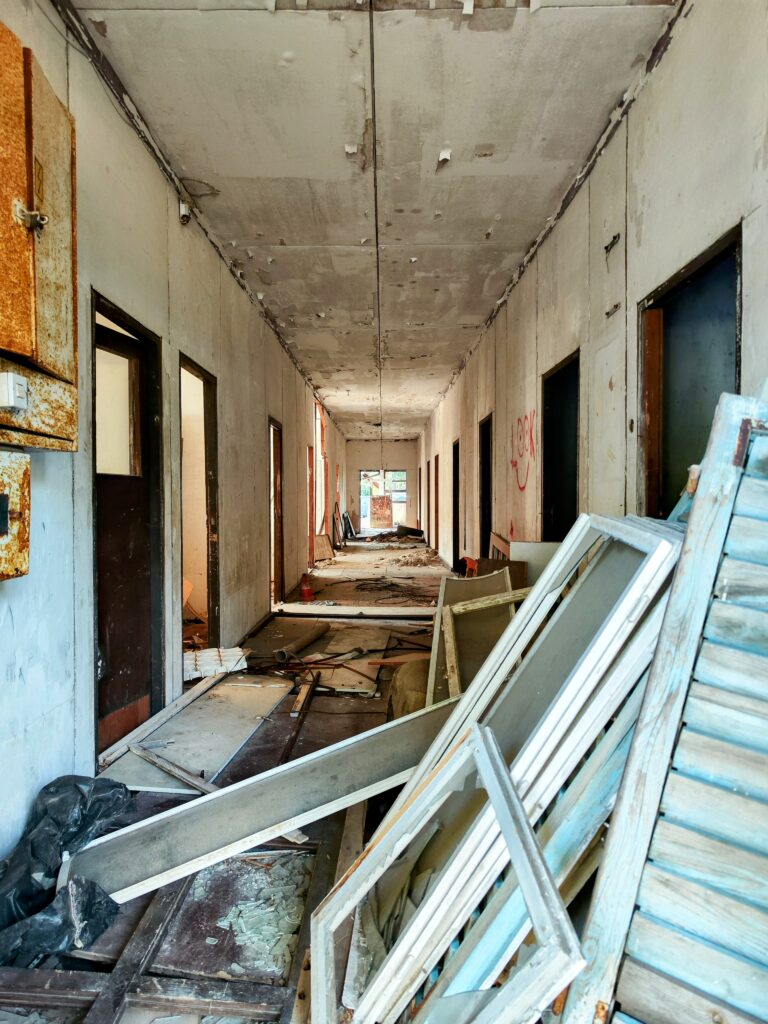
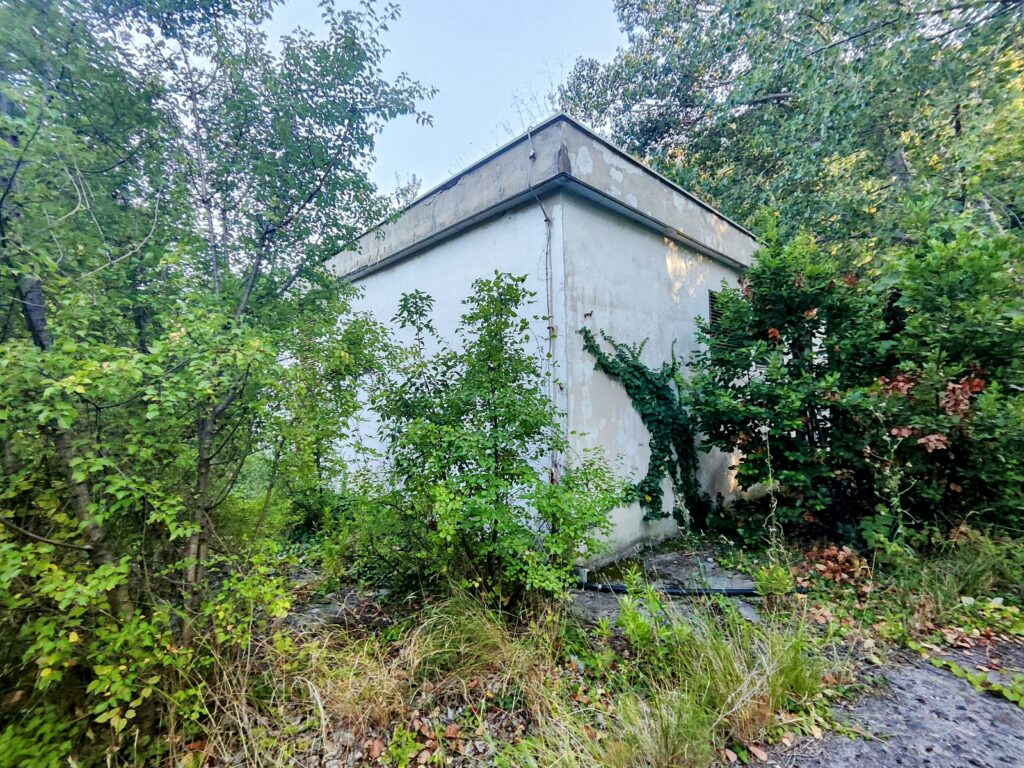
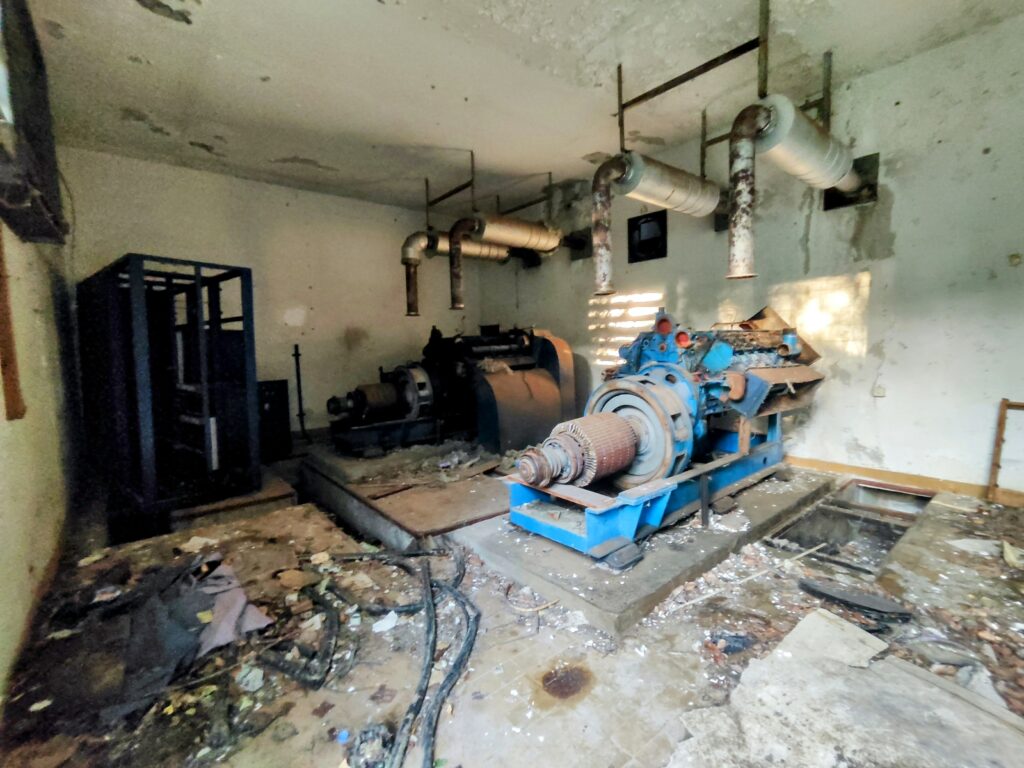
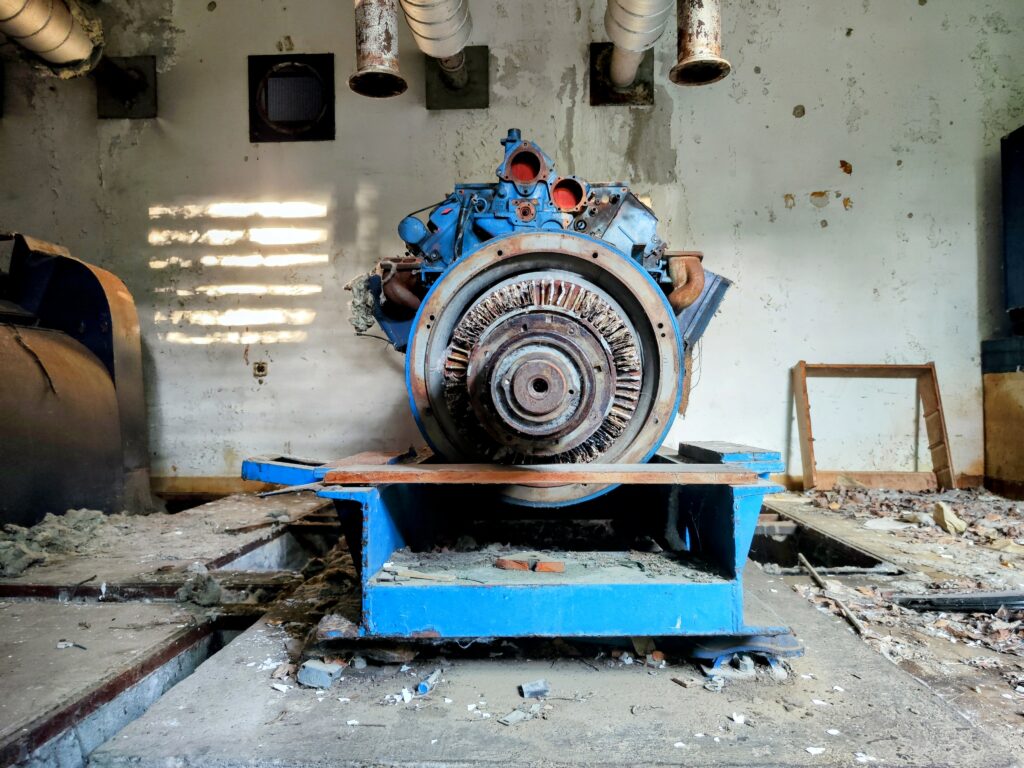
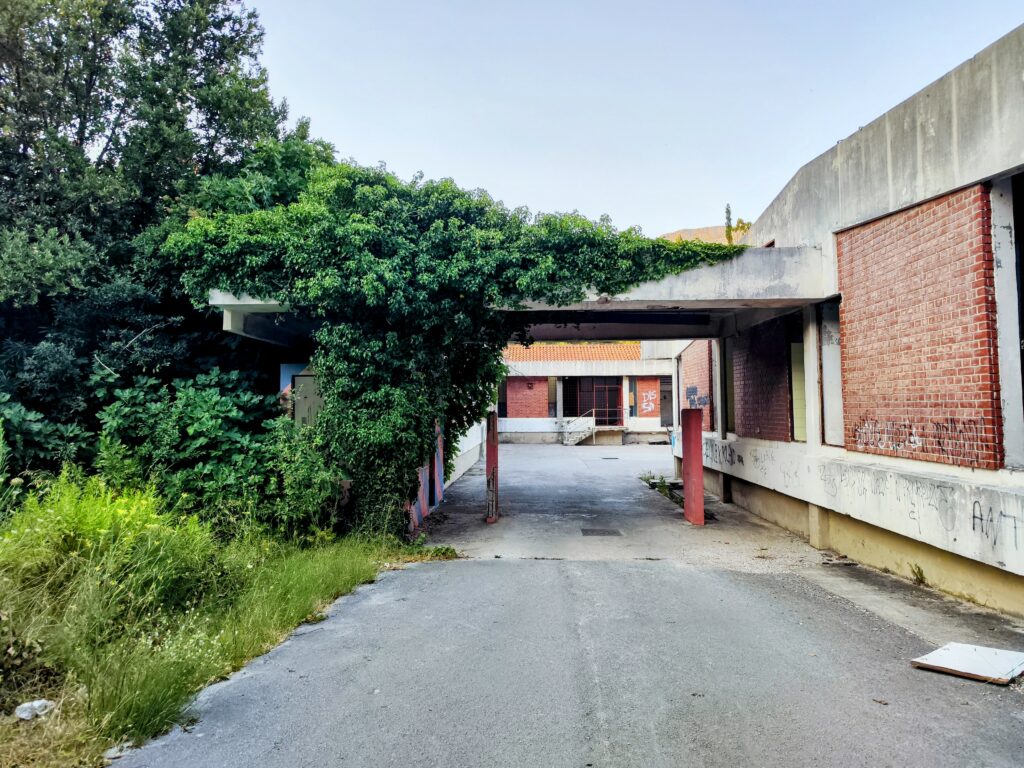
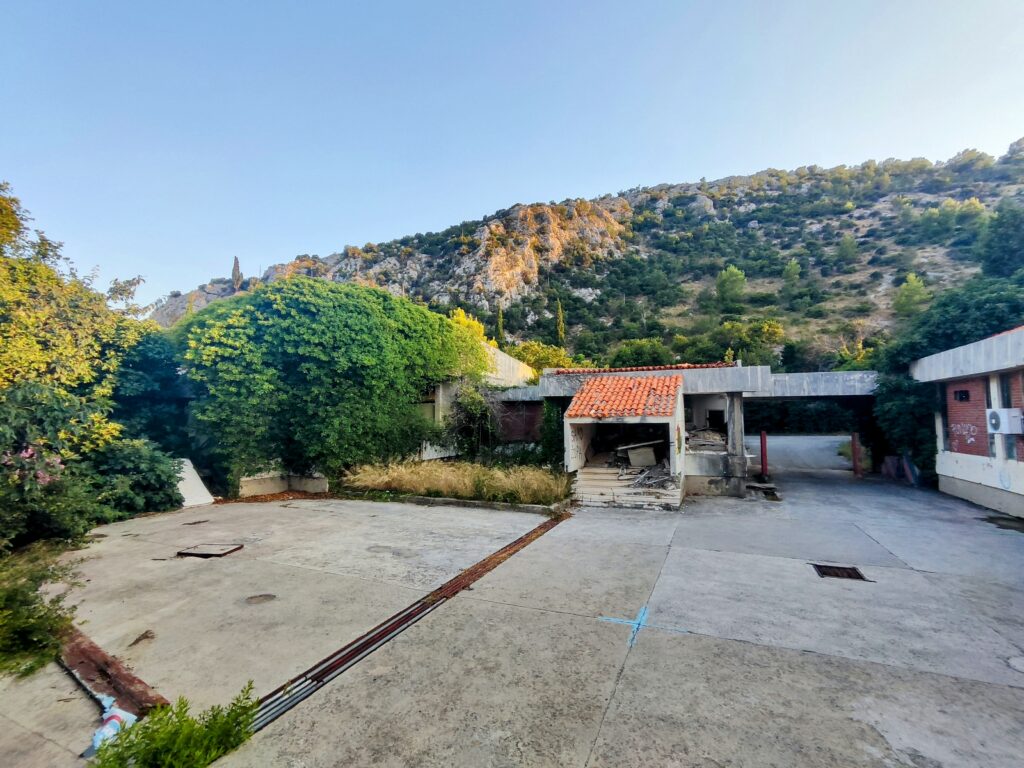
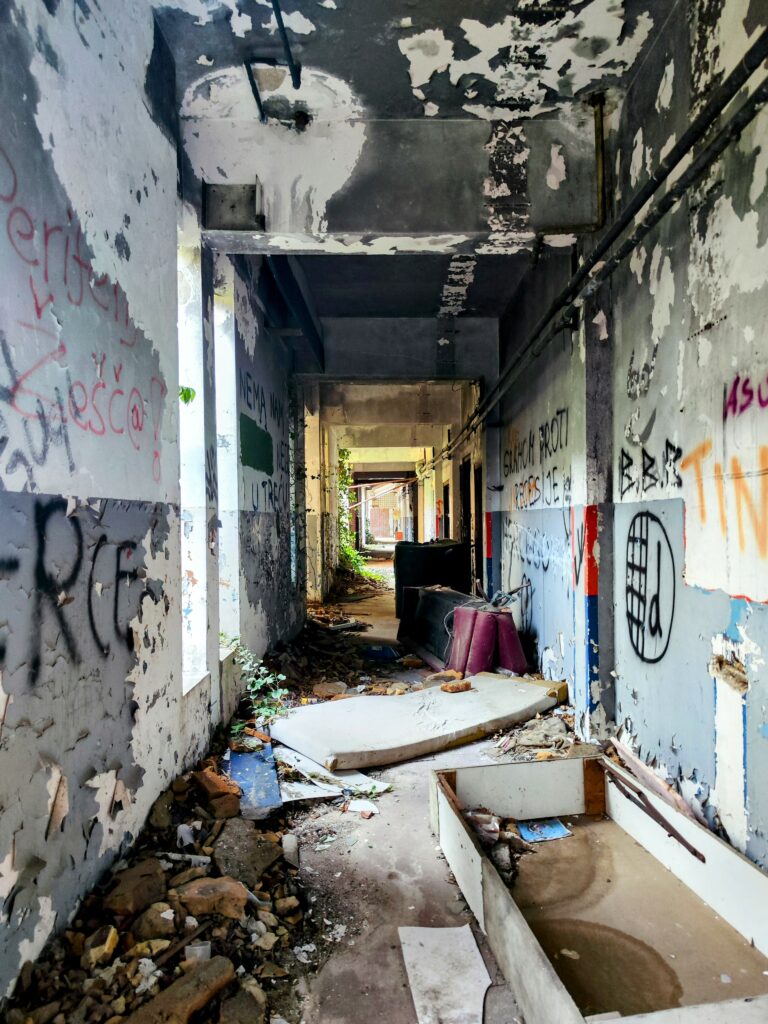
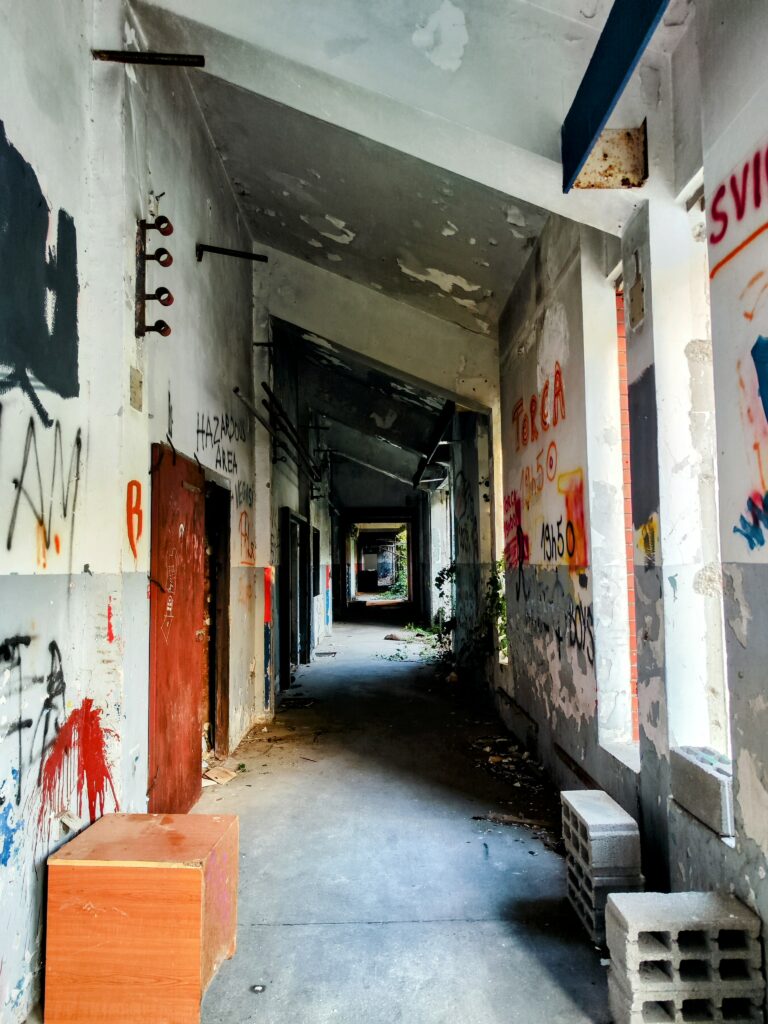

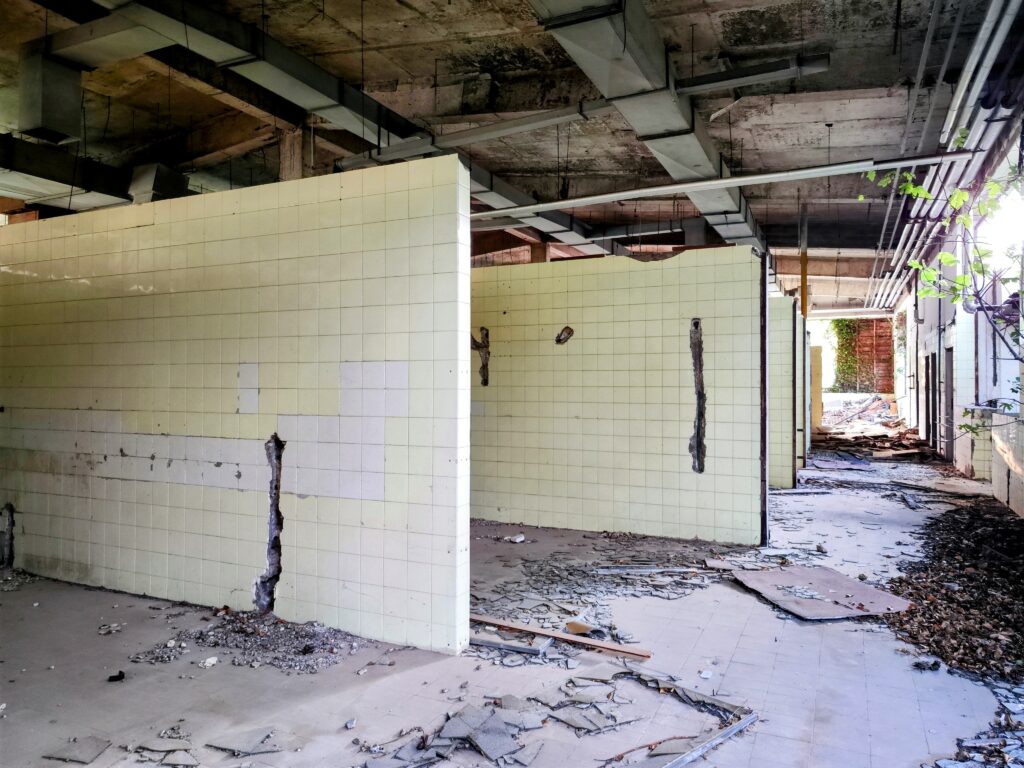
Why were the Kupari Hotels Abandoned?
Croatia declared independence from Yugoslavia in June 1991, which was rejected by the Serb minority in the country, who wished to remain part of the Serbia-led Yugoslavia. This sparked violence between armed militias. Aided by the Yugoslav People’s Army and Serbia, Croatian Serbs declared around a third of Croatian territory to be under their control.
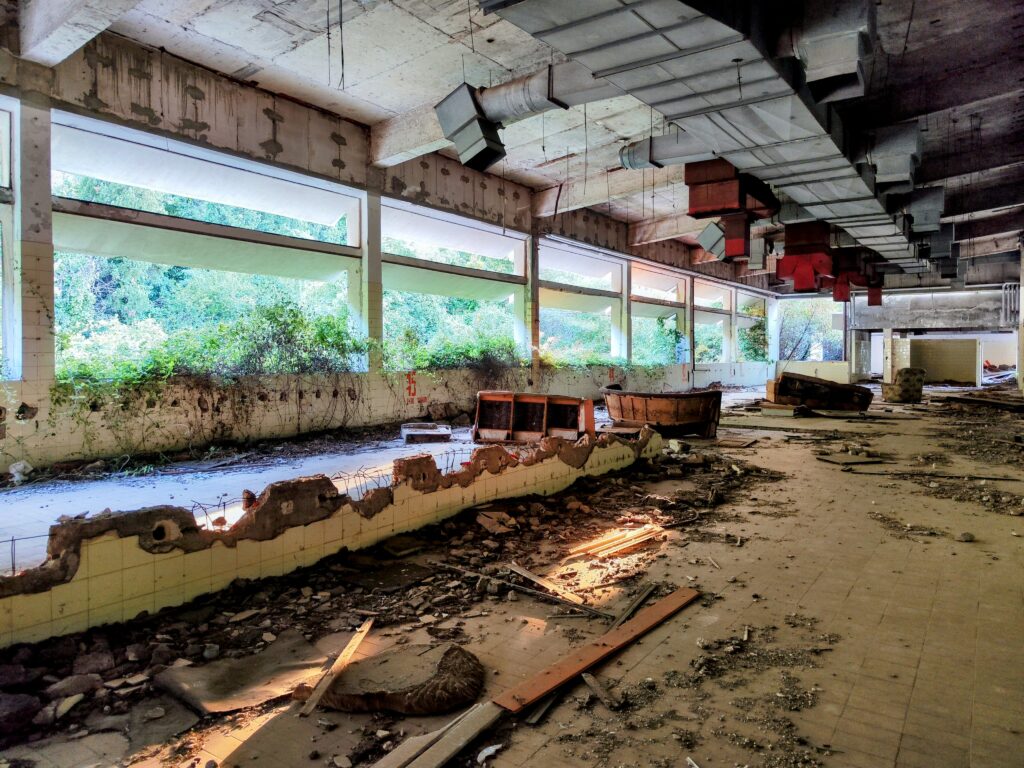
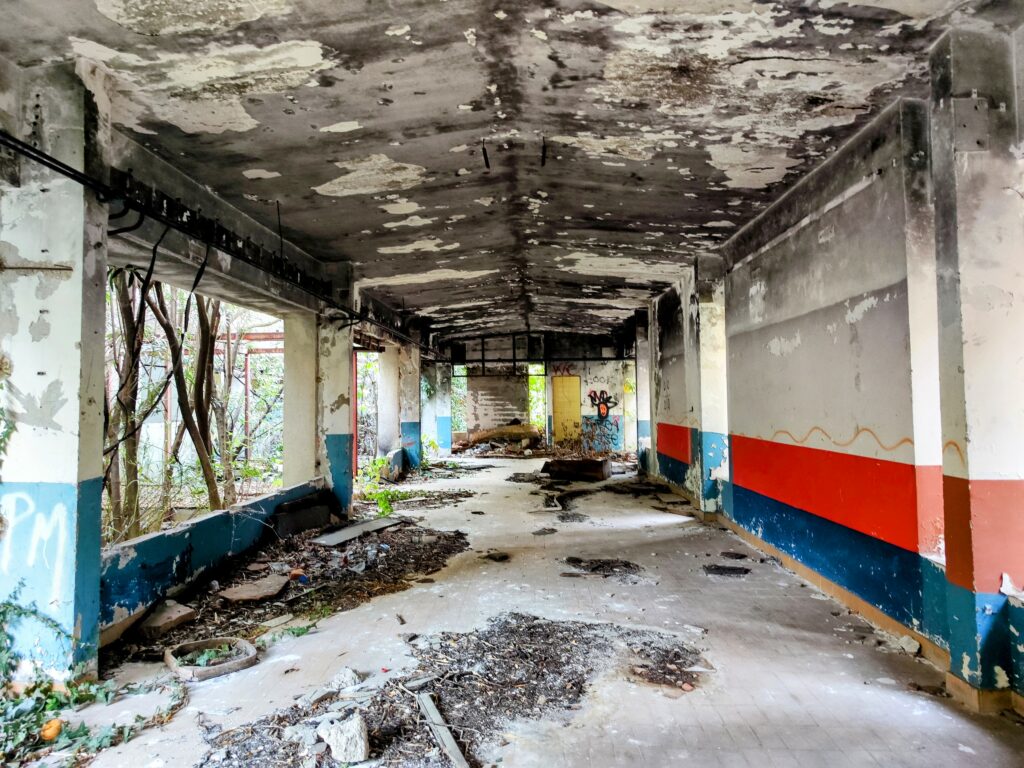
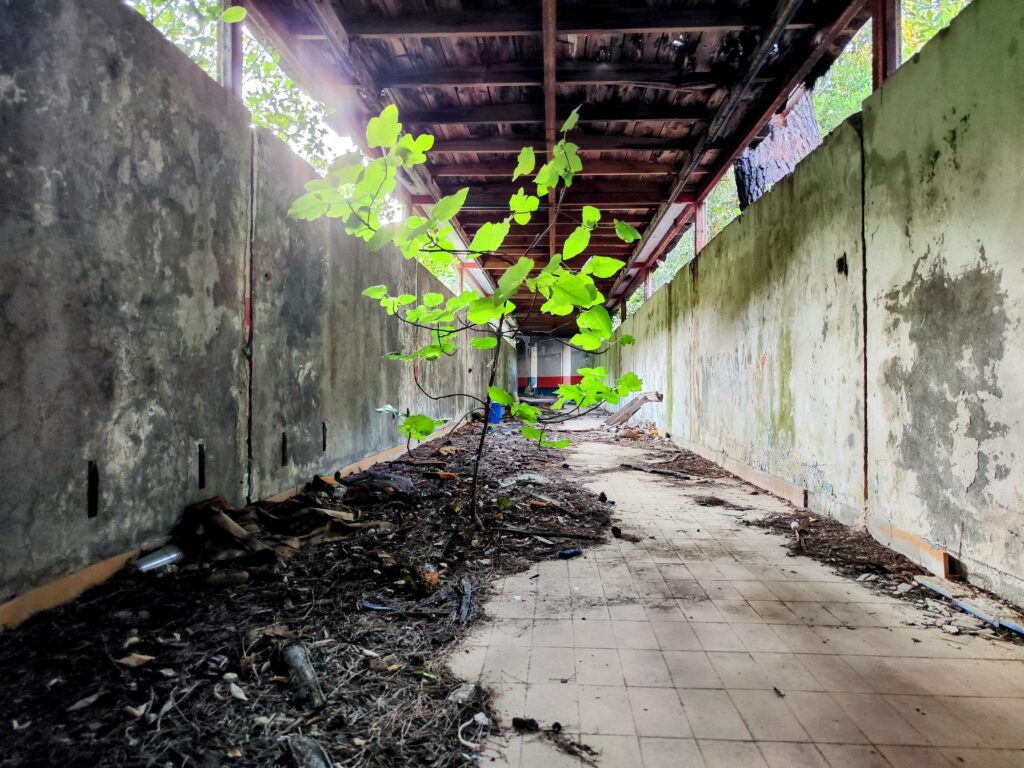
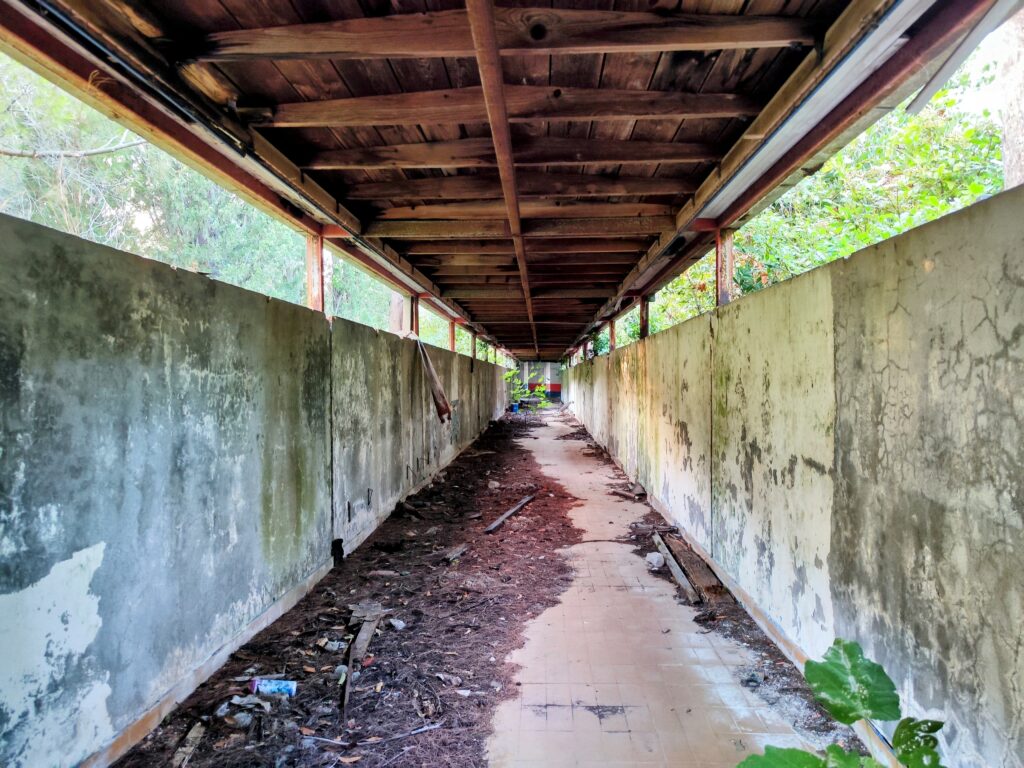
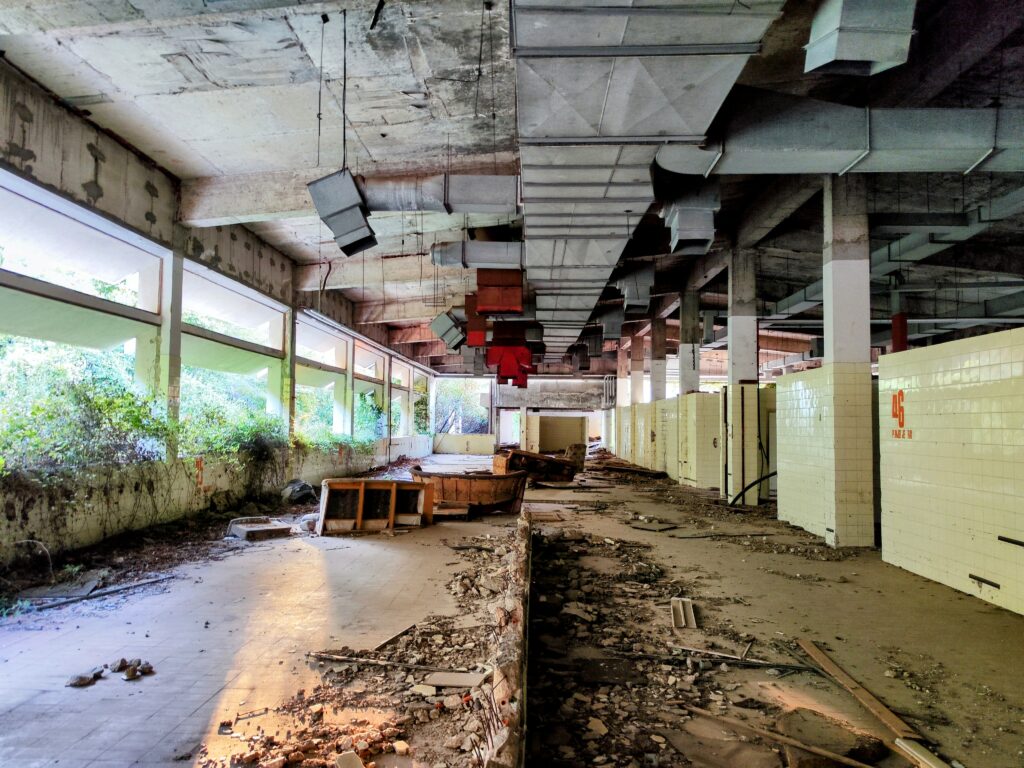

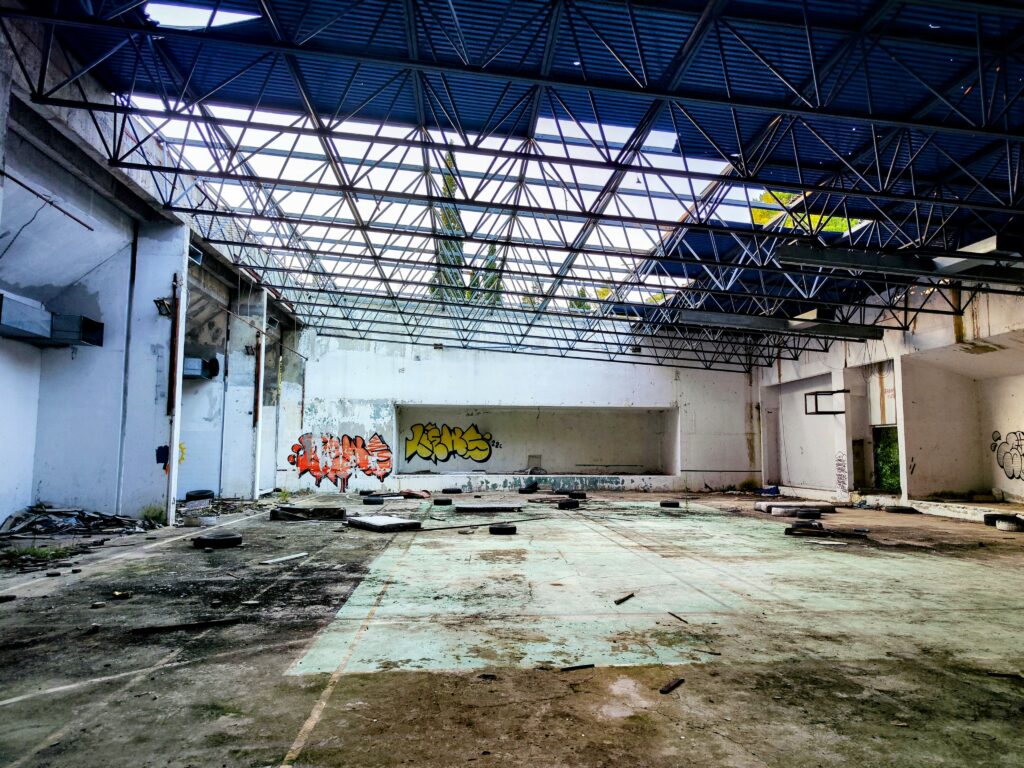
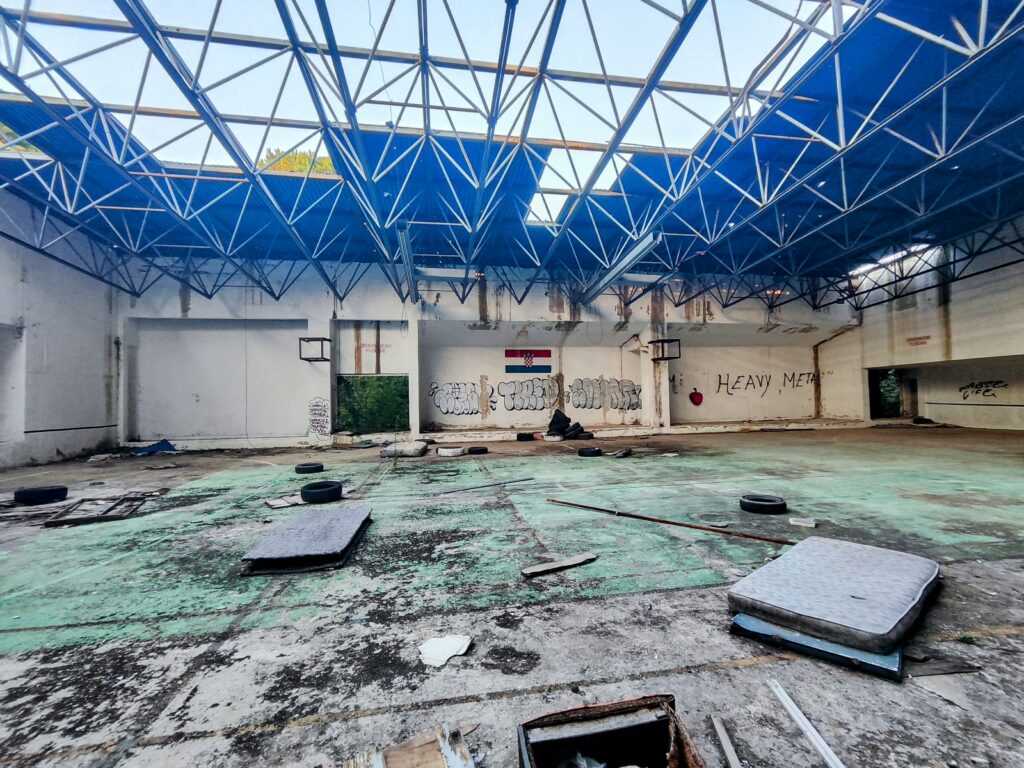
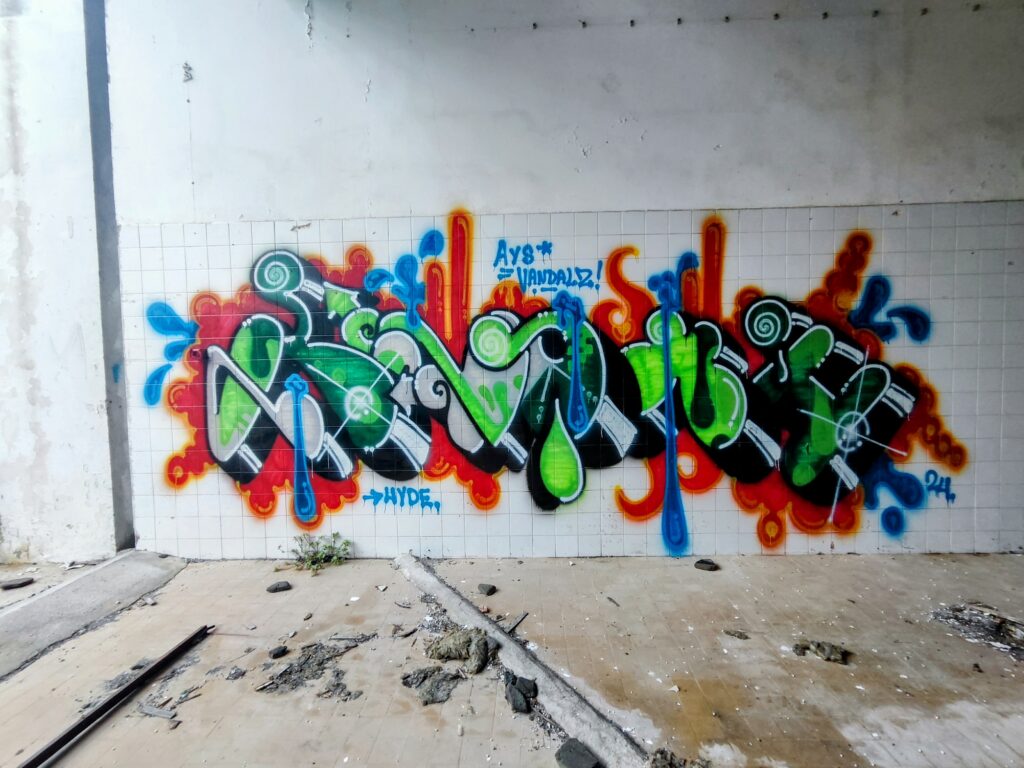

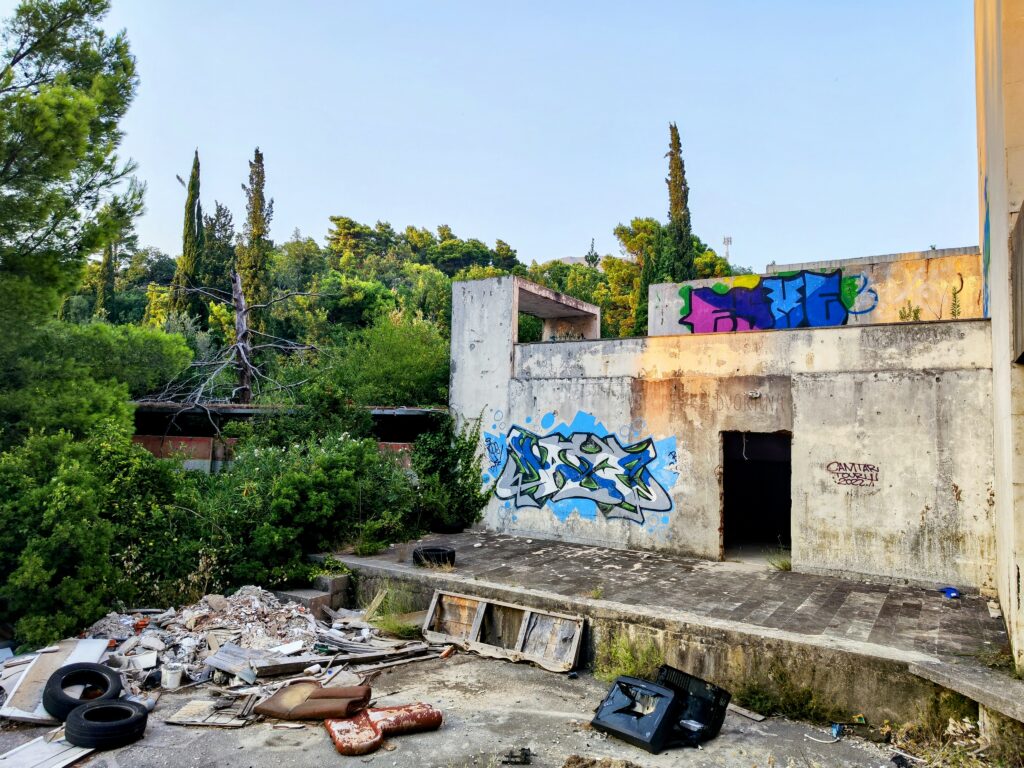
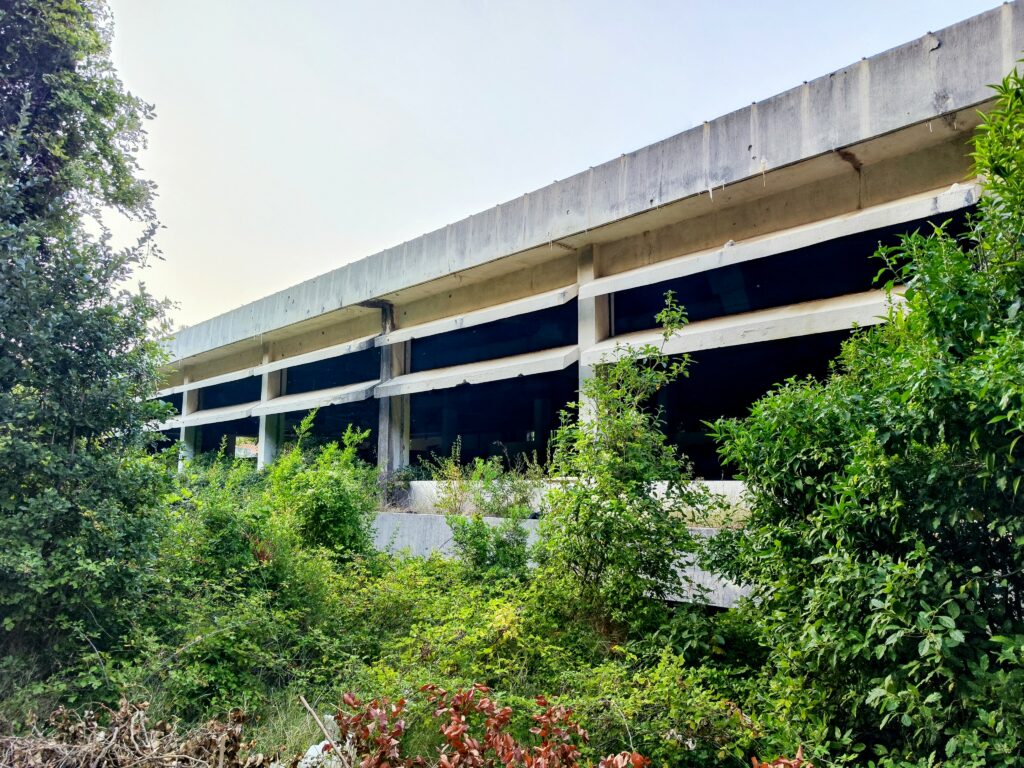
This conflict led to the bombing of several Croatian cities, and the Siege of Dubrovnik between October 1992 and May 1992. Kupari was deserted by guests and guarded by Croatian forces, resulting in the hotel complex being bombed by Yugoslavia and Serbia. The assault on the Kupari hotels lasted three weeks, before the Yugoslavians eventually overtook the resort, looting and burning the hotels.
In May 1992 Croatia regained control of the now severely damaged hotels. Following the destruction, Croatia’s army used the site as a base before it was abandoned for good in 2001, leaving the once-pristine resort to decay further into the sorry state it can be found today.
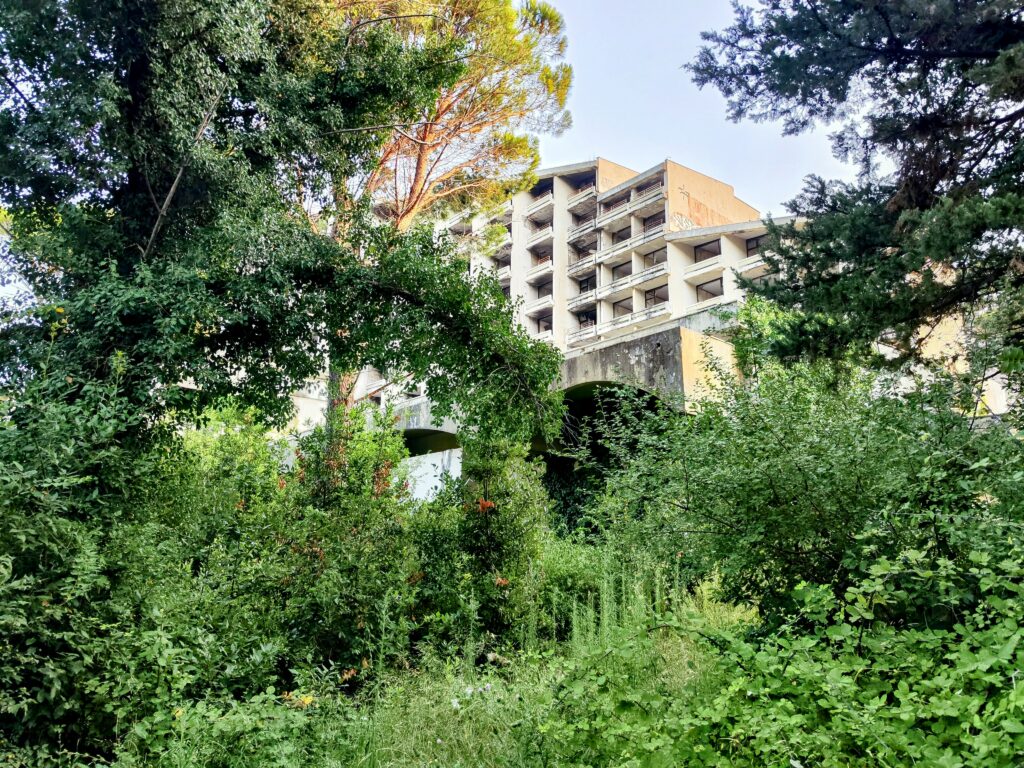
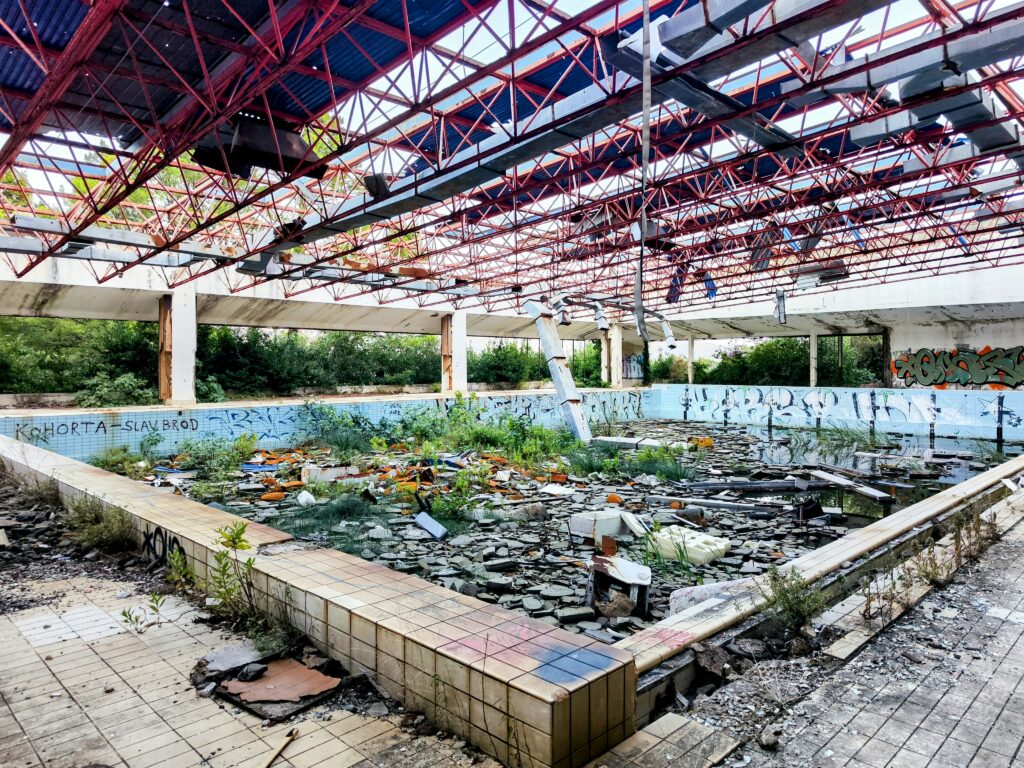
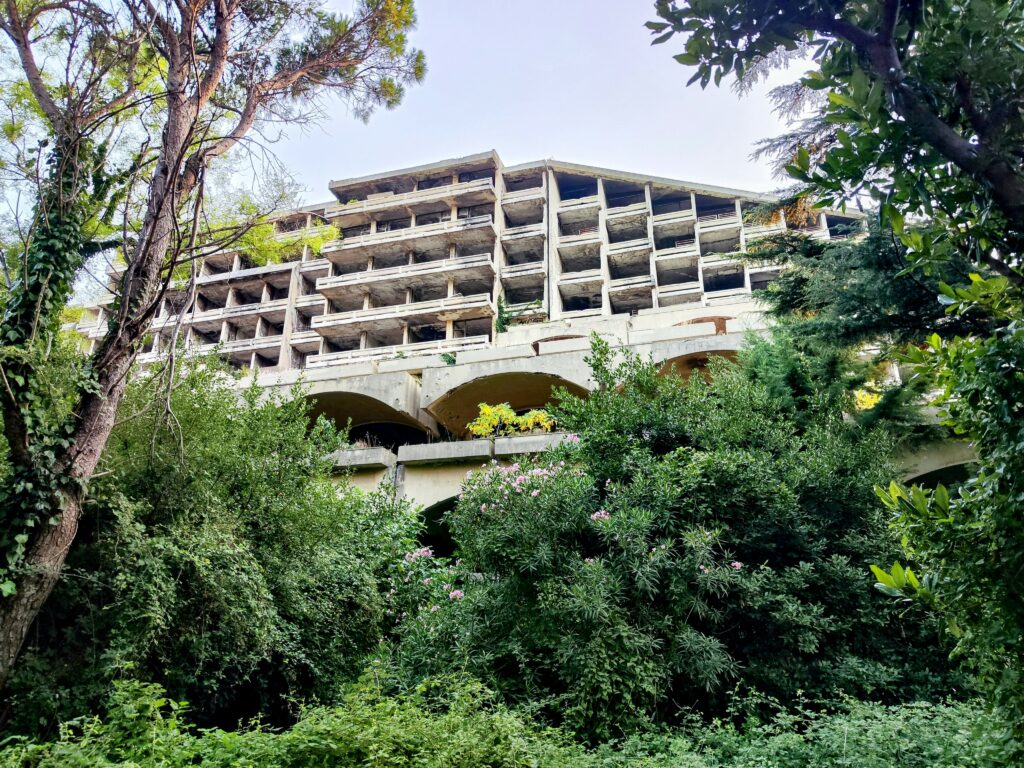

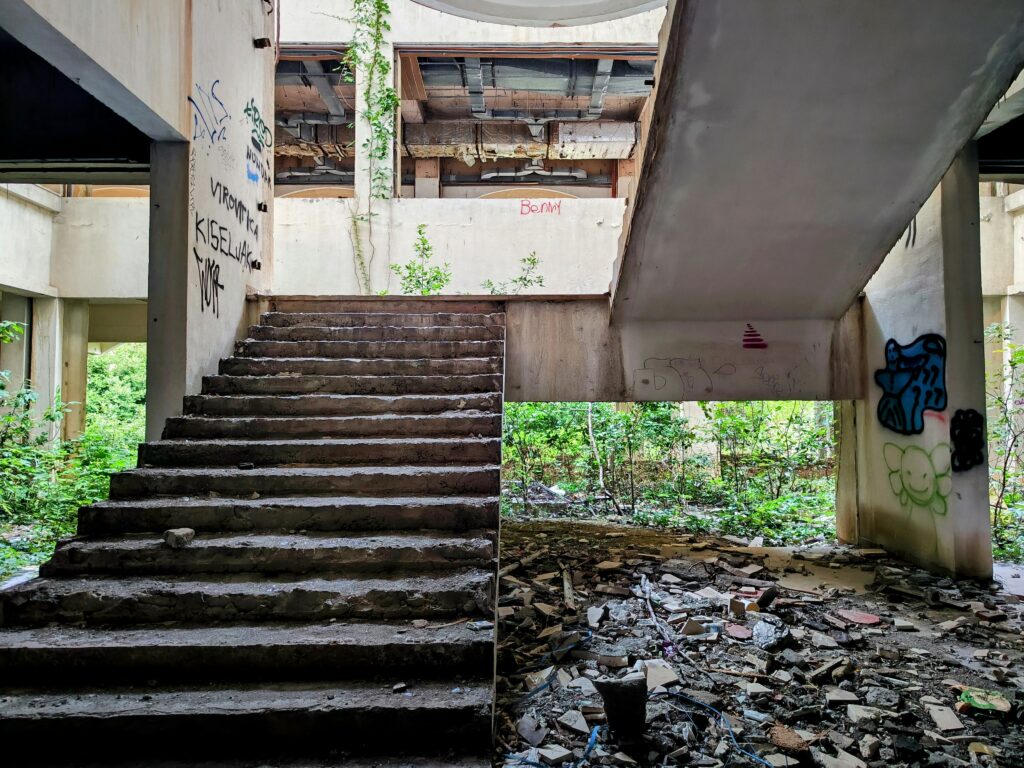
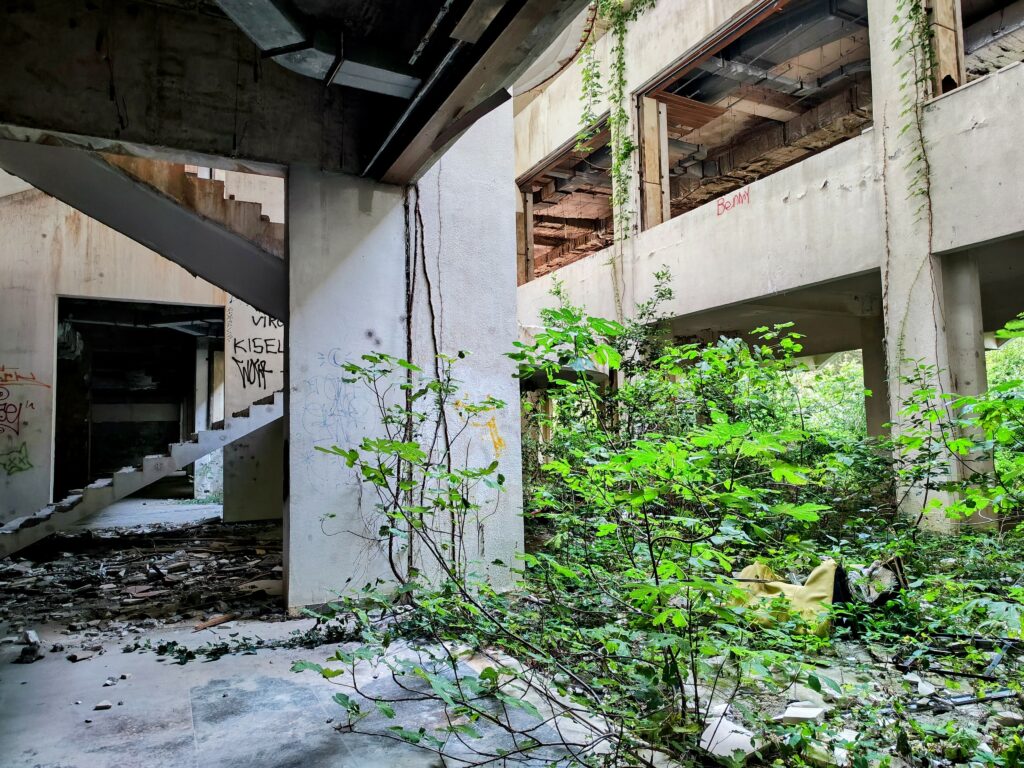
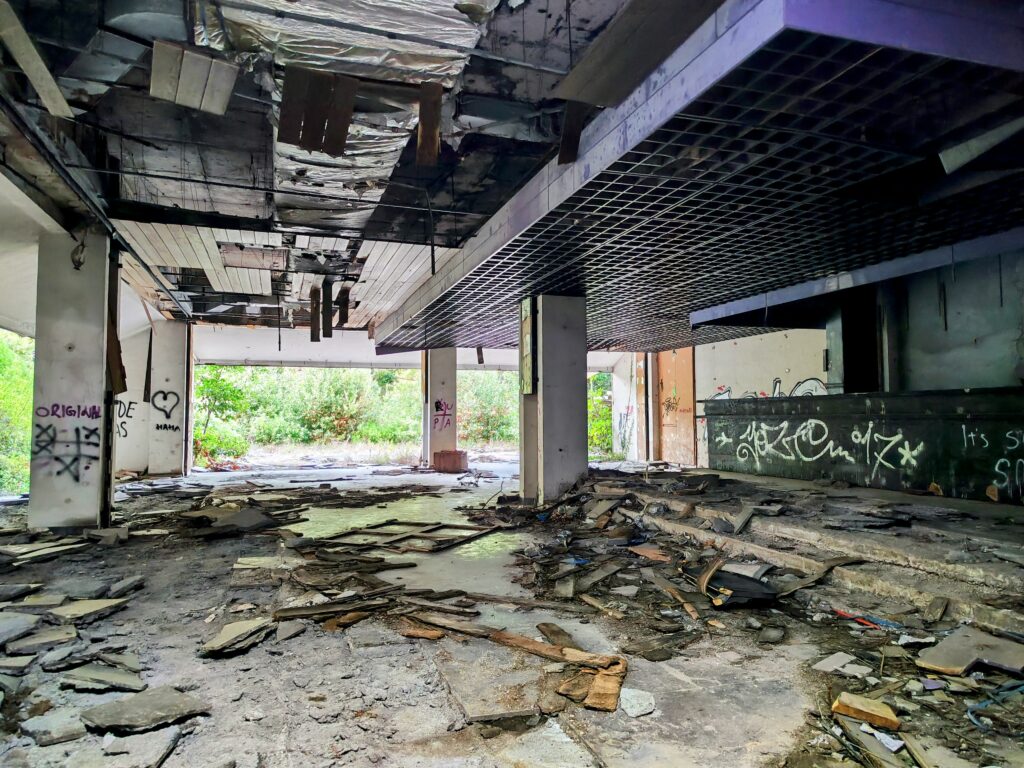
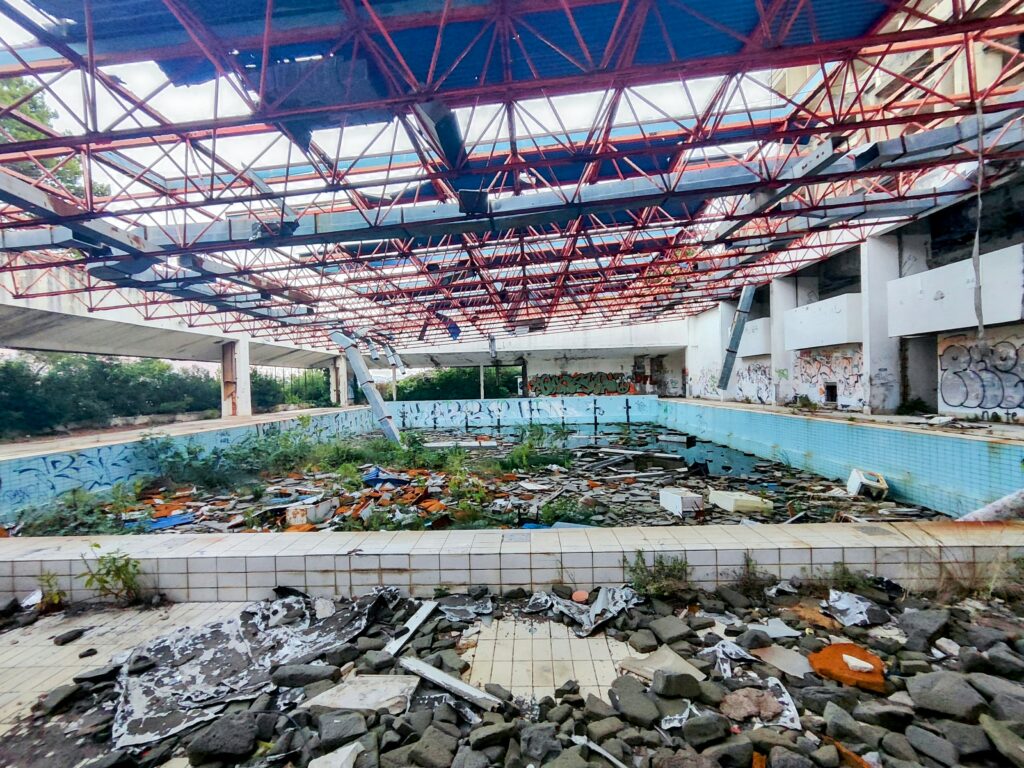
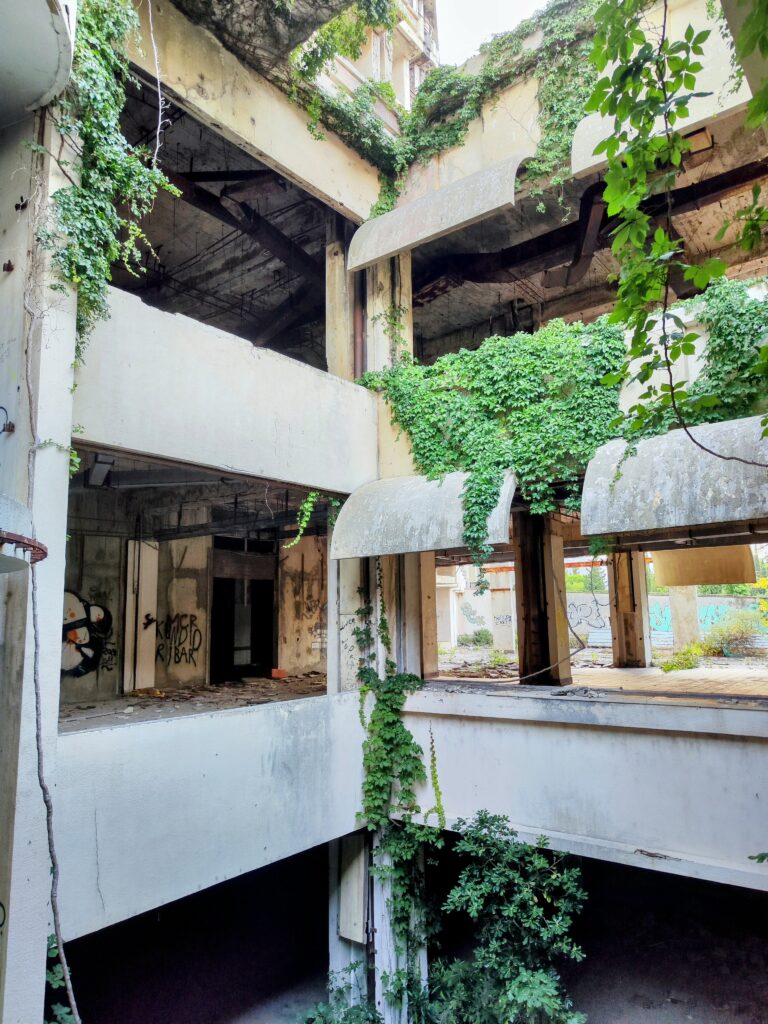
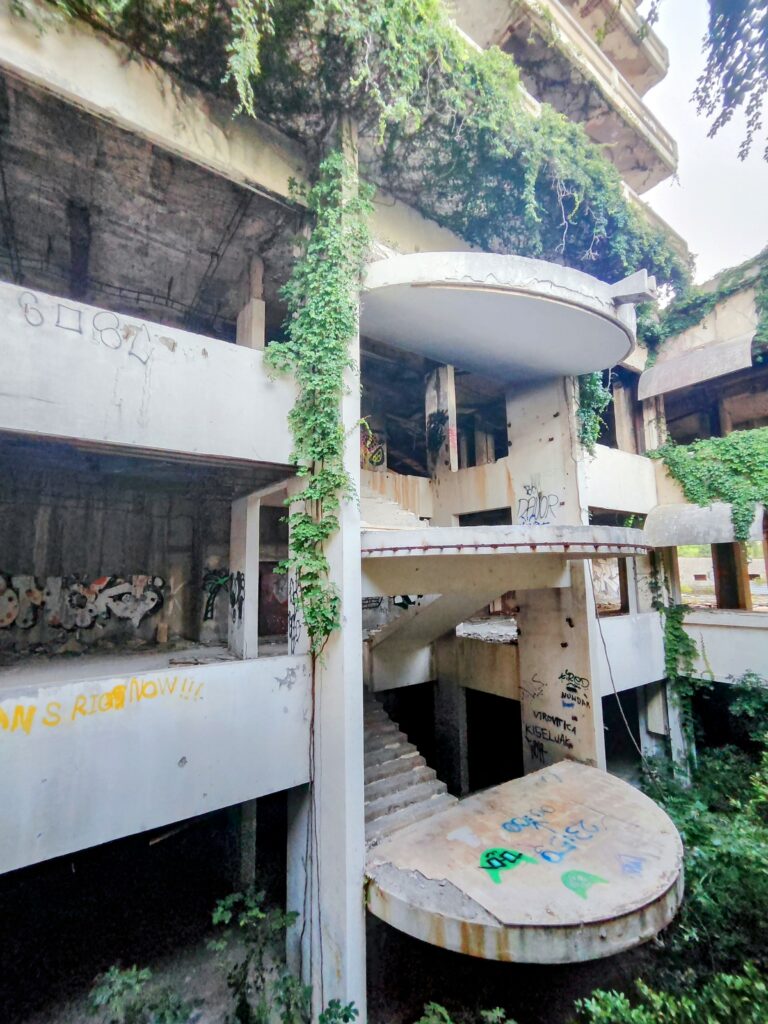
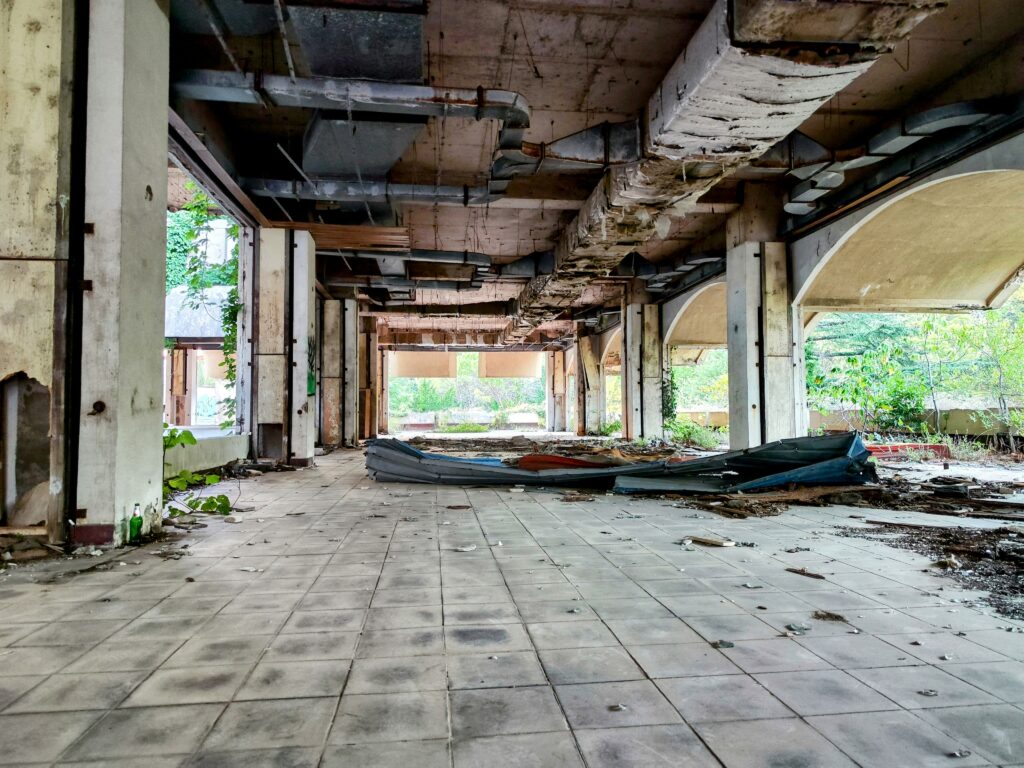

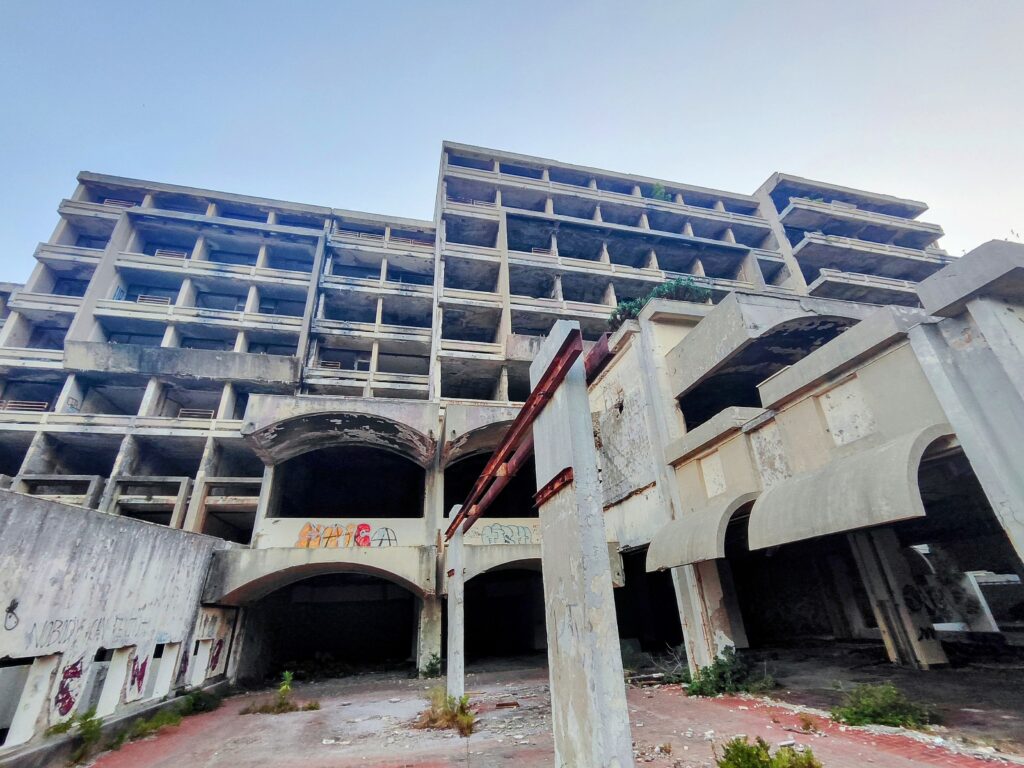
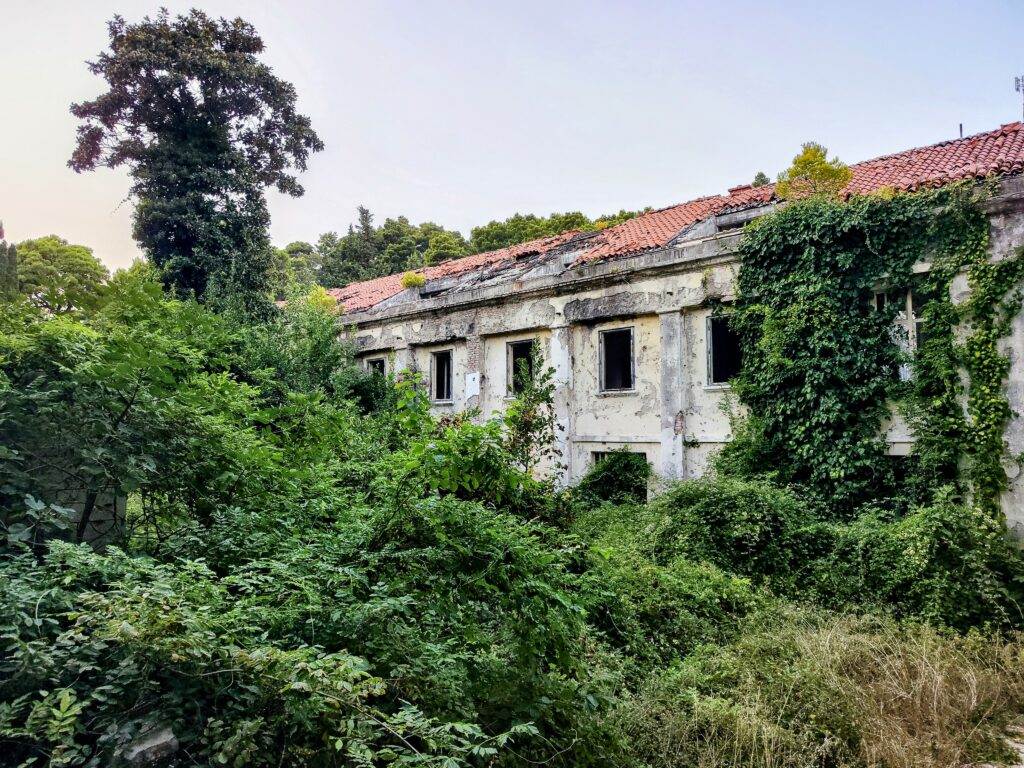
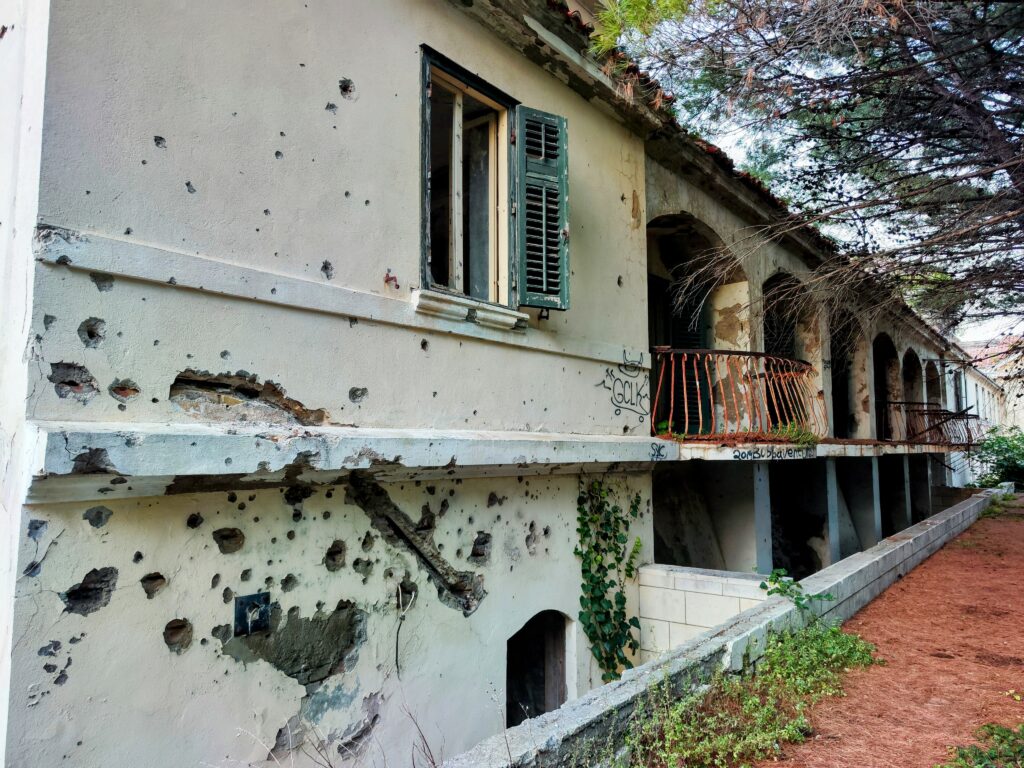
Exploring the Kupari Hotels
Today the vast, apocalyptic paradise is mostly home to cats. Hotel after hotel sits decaying, with weeds cracking through concrete and once -ornate walls now adorned with graffiti. Remnants of the grand architecture are still on display, hidden behind overgrowing plants and slowly crumbling.
Roof tiles, rubble and rubbish have replaced the water that once filled one hotel’s pool. Even the scorch marks and bullet holes from the resort’s troubled past are increasingly hidden as the buildings perish; ironically the scars of the conflict that brought about Kupari’s downfall themselves succumbing to the passing of time.
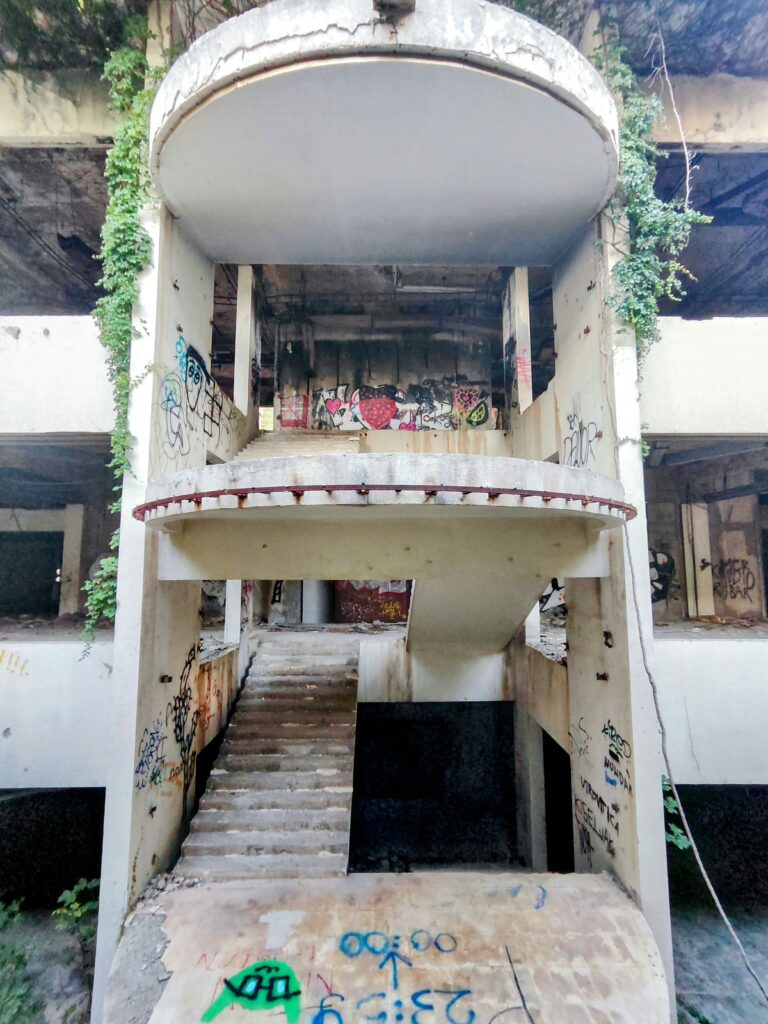


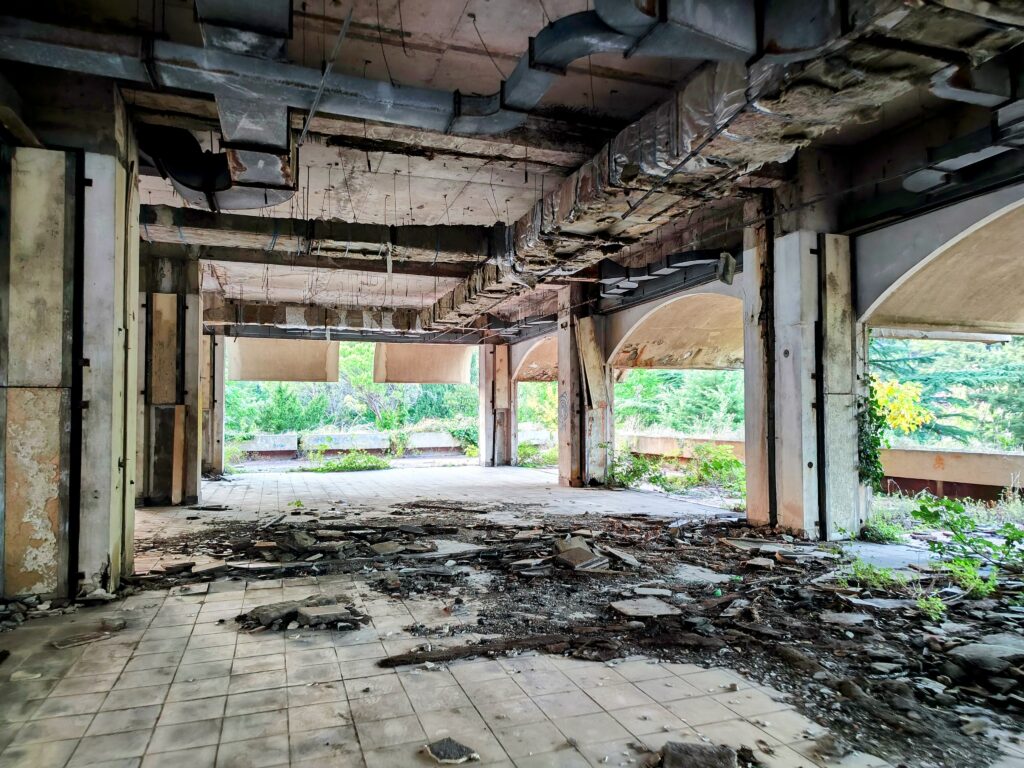
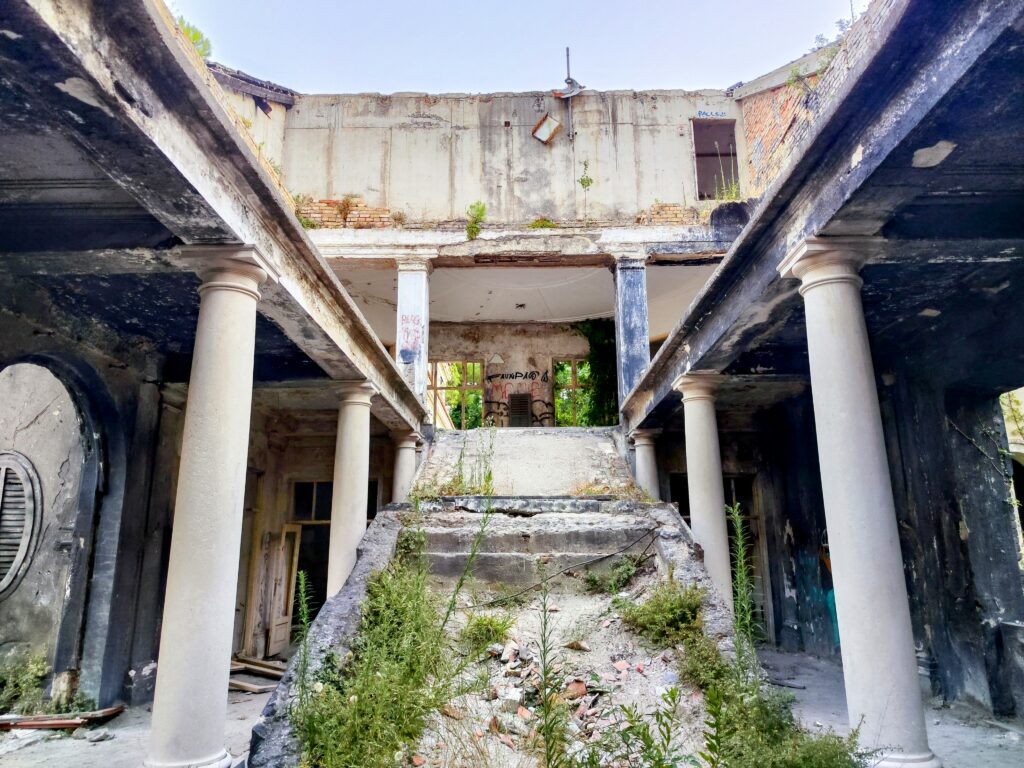

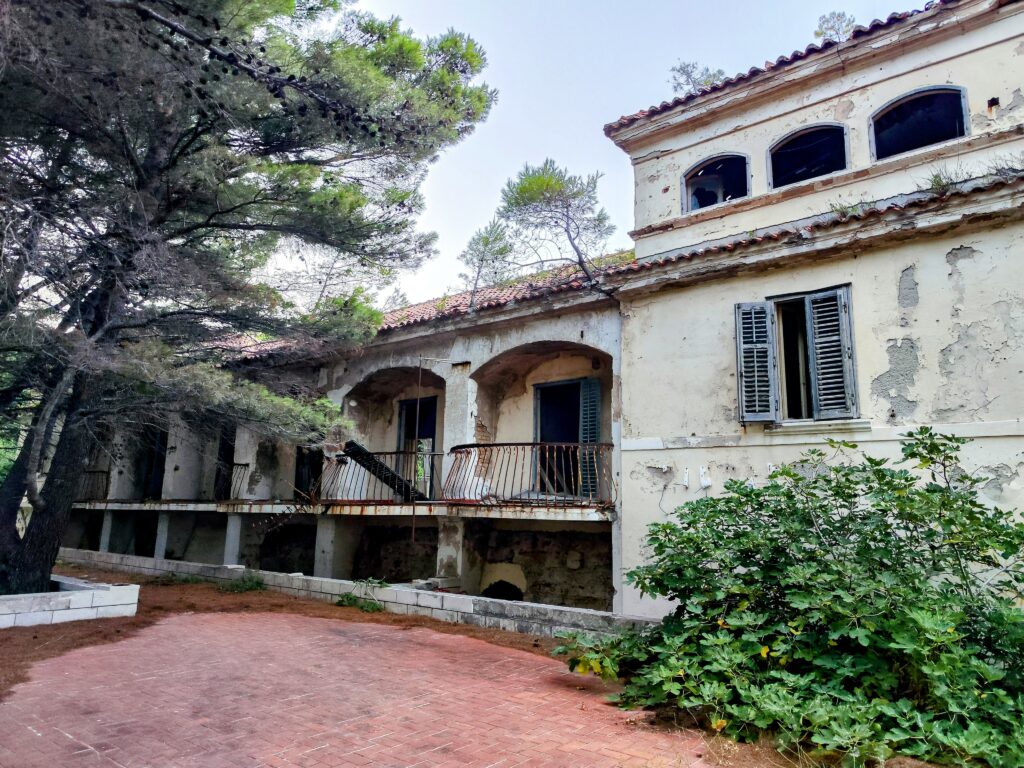
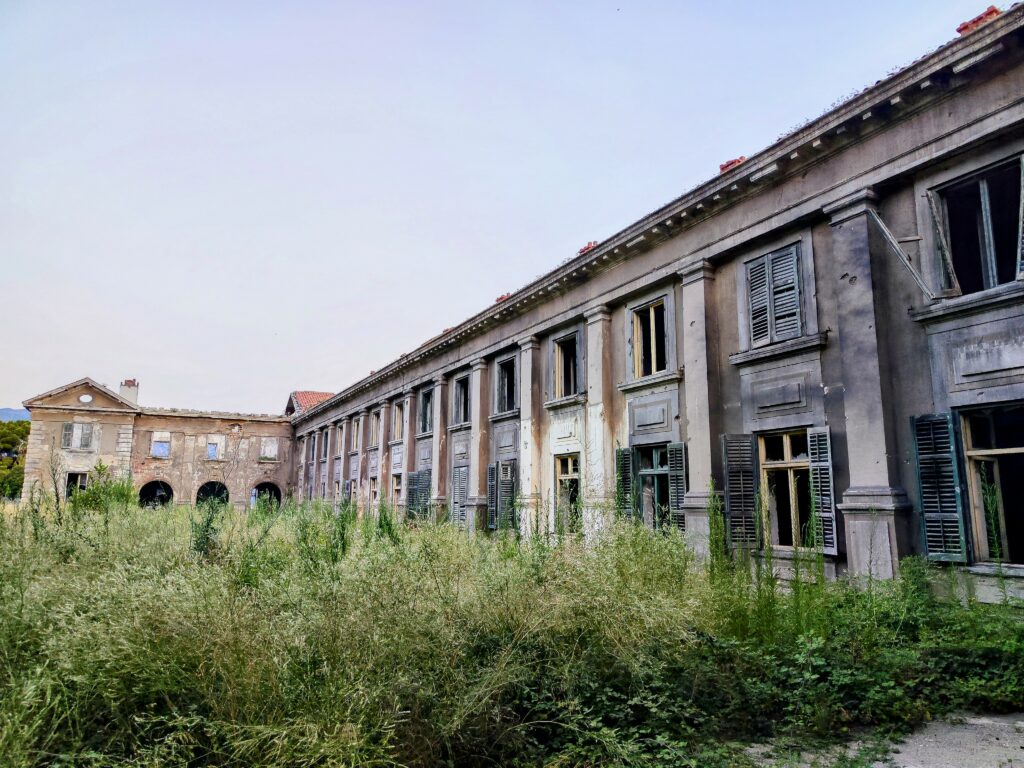
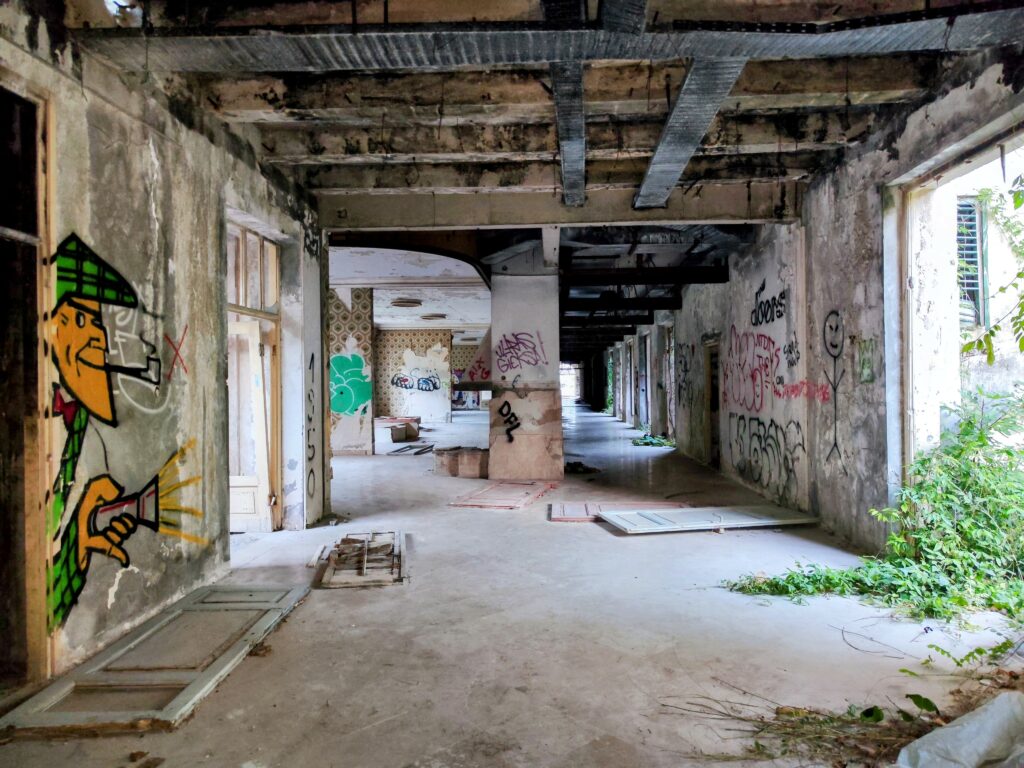
The Future of The Kupari Hotels
In 2016, the Croatian government signed a contract for the construction of two new hotels at the site, alongside the regeneration of other buildings and the renovation of the Grand Hotel. As is often the case, these development plans didn’t come to fruition.
More recently, plans have been accepted for “Kupari I” Urban Development Plan, a project led by investors from Singapore. Design studio 3LHD, the architects for the project outline the plan, as detailed below.
“The future Kupari tourist complex is located 6 km from Dubrovnik’s Old Town. The project plans to reconstruct five historic hotels into a unique tourist complex with approximately 400 beds. The reconstruction project will make maximum use of the location of the existing buildings in order to ensure a view of the beach and the sea, as well as the stunning background of the Croatian coast”
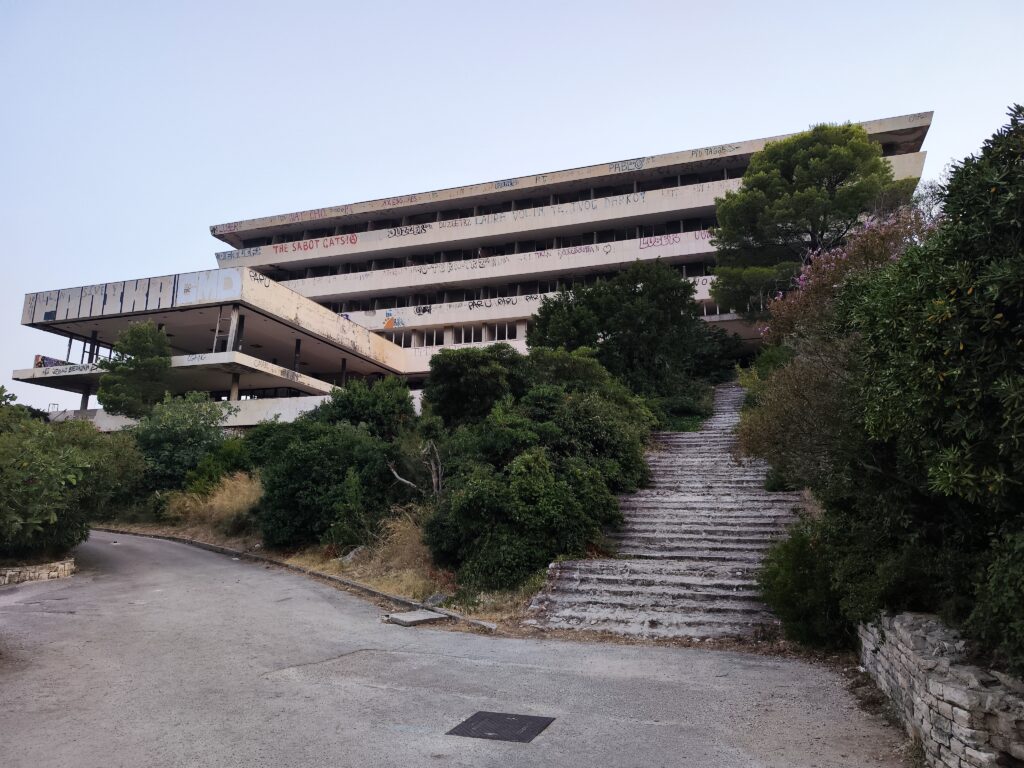
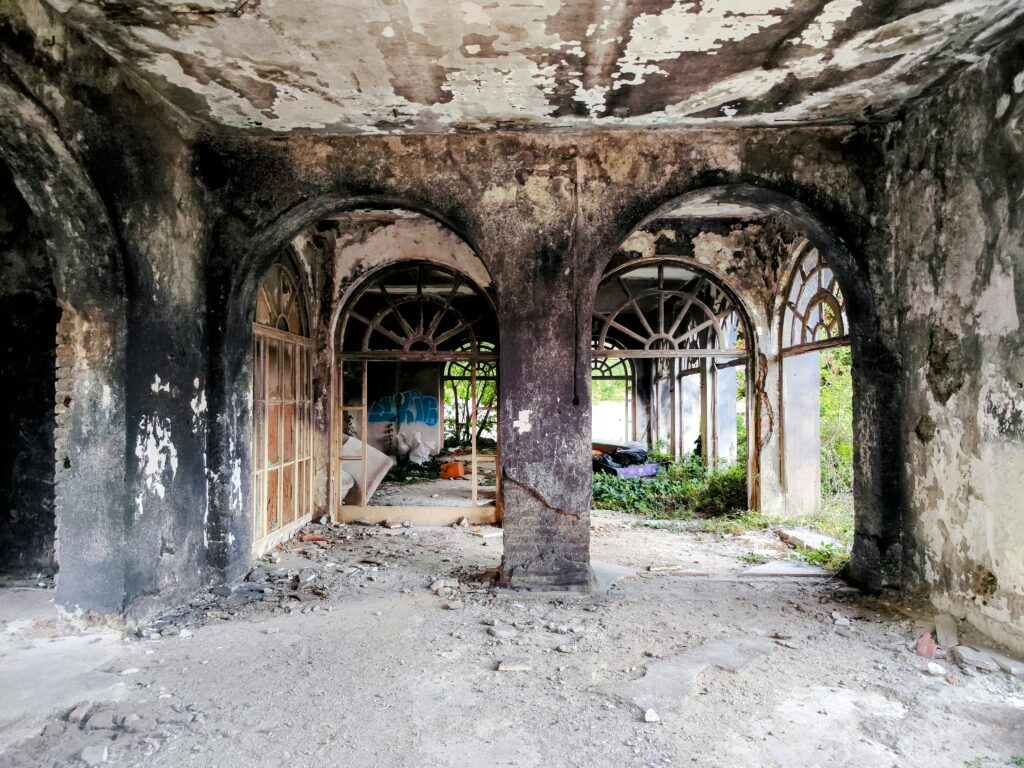
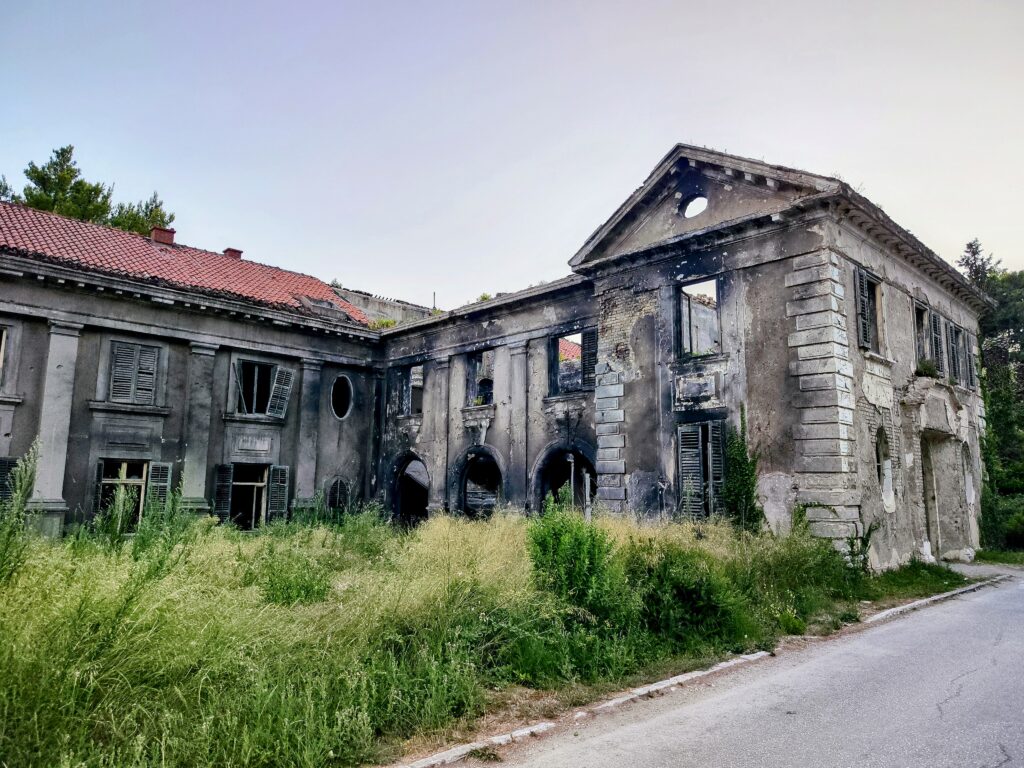
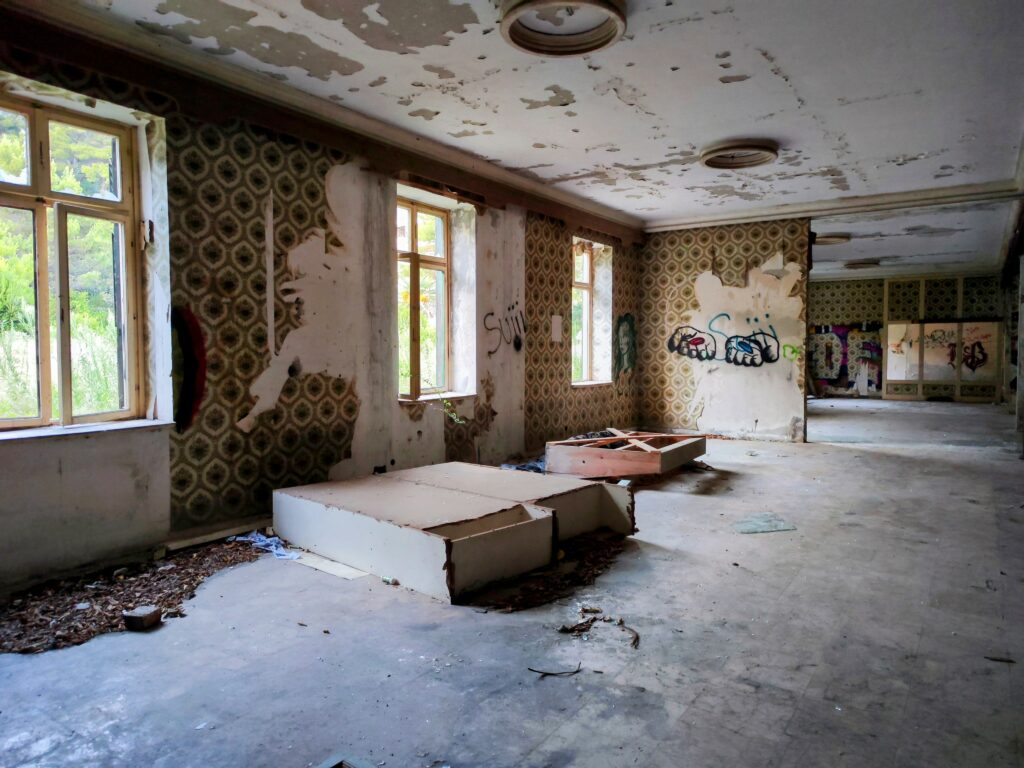
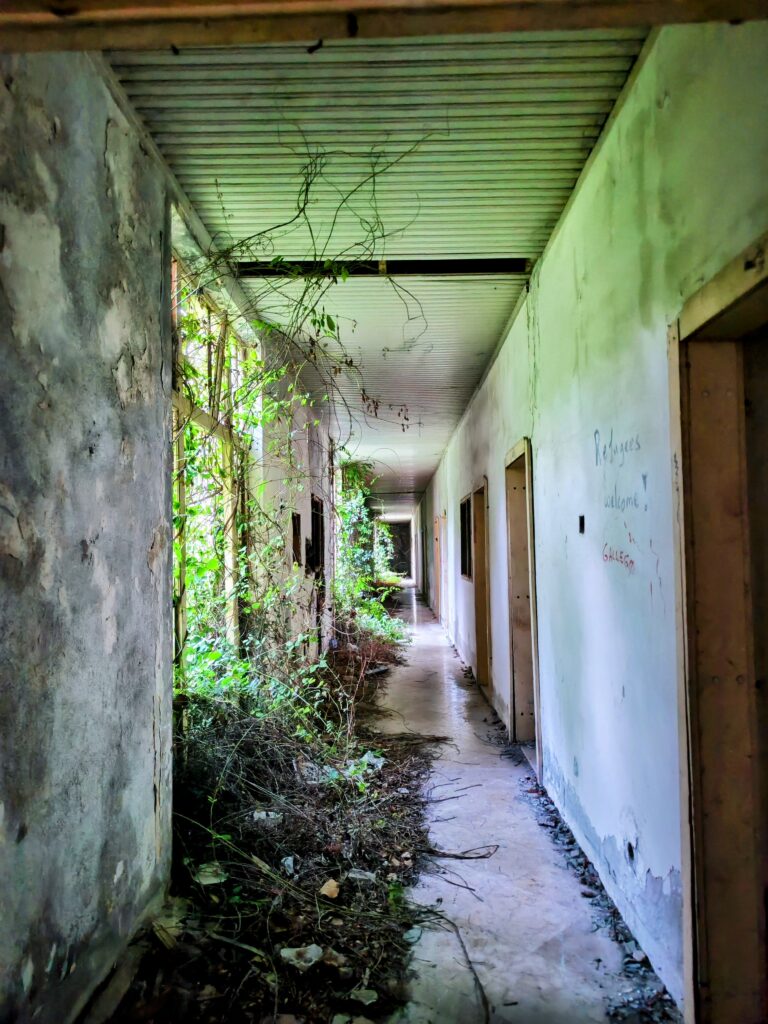
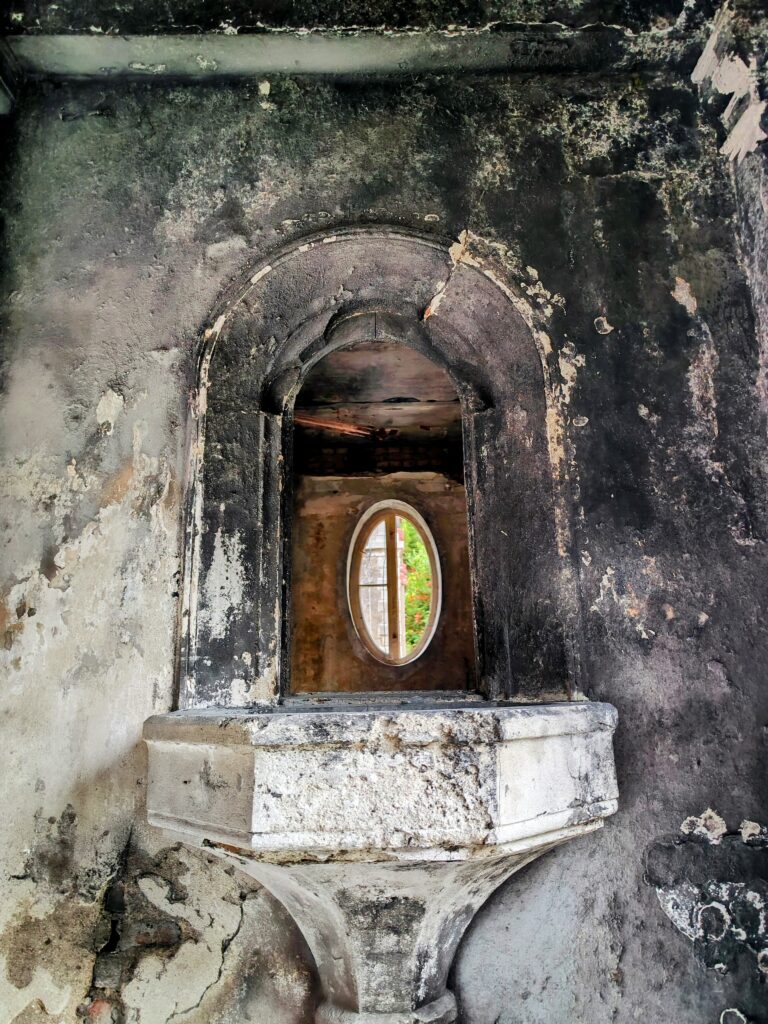

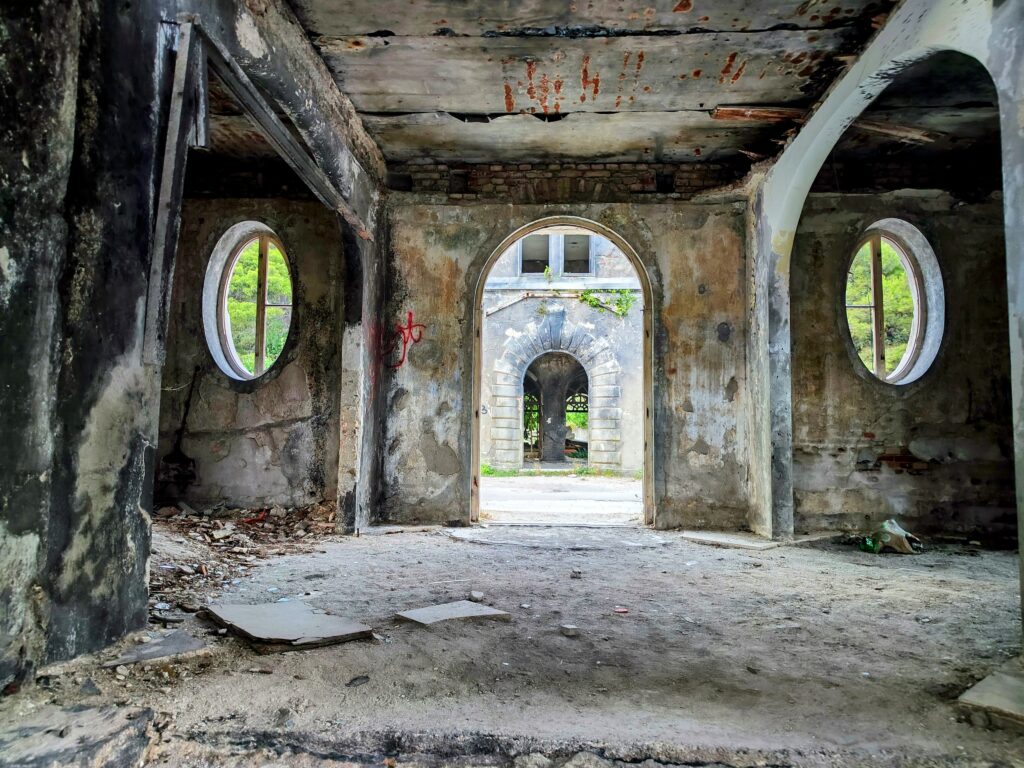
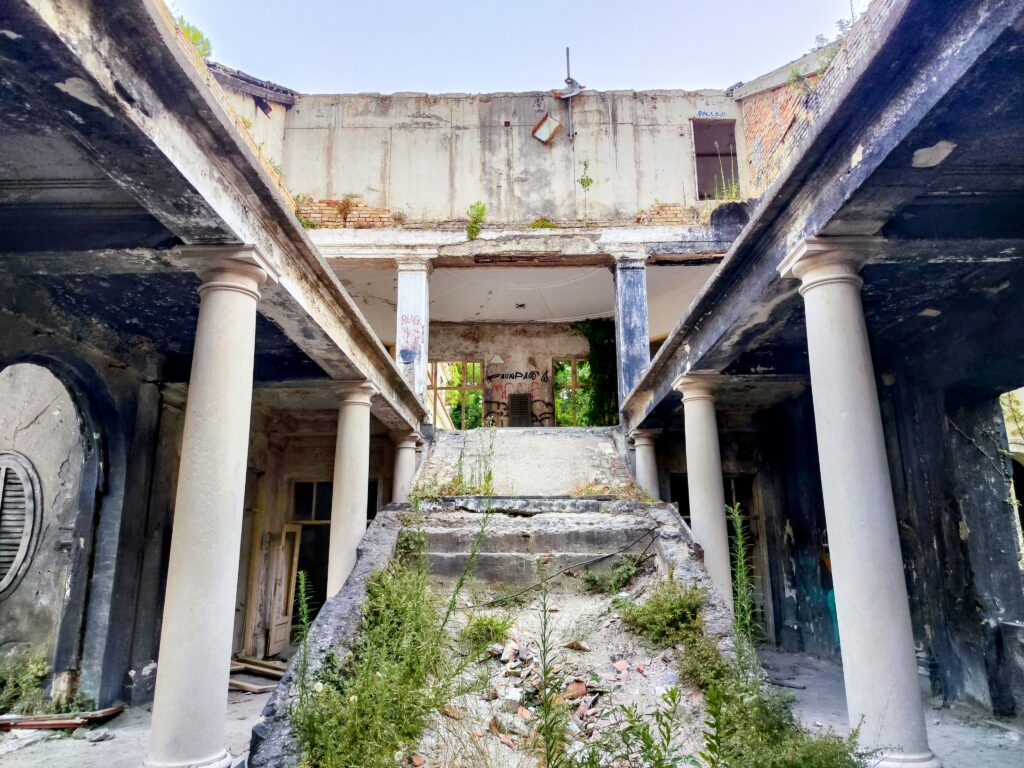
Whilst this might bring some hope for the development of the site, locals who are frustrated by the decay in the area are unlikely to be holding their breath, considering the two decades of abandonment and lack of progress of previous development projects.
The site has recently been used for the filming of a popular Mr Beast video, as well as a set location for the wartime drama “Lee” featuring Kate Winslet.

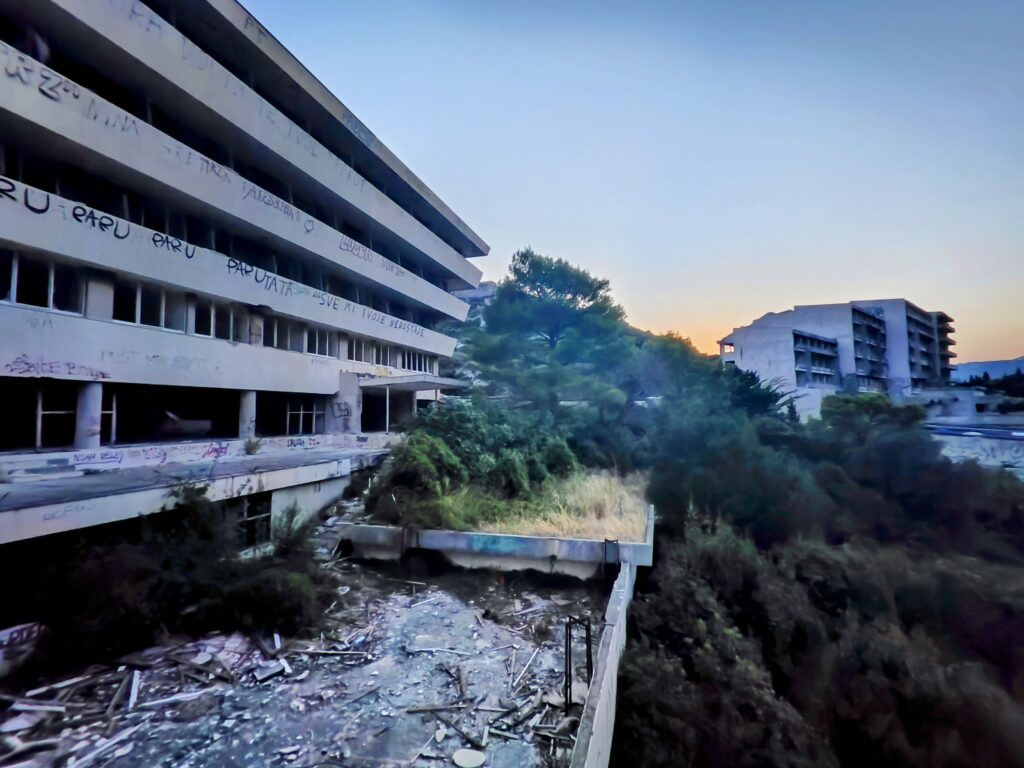
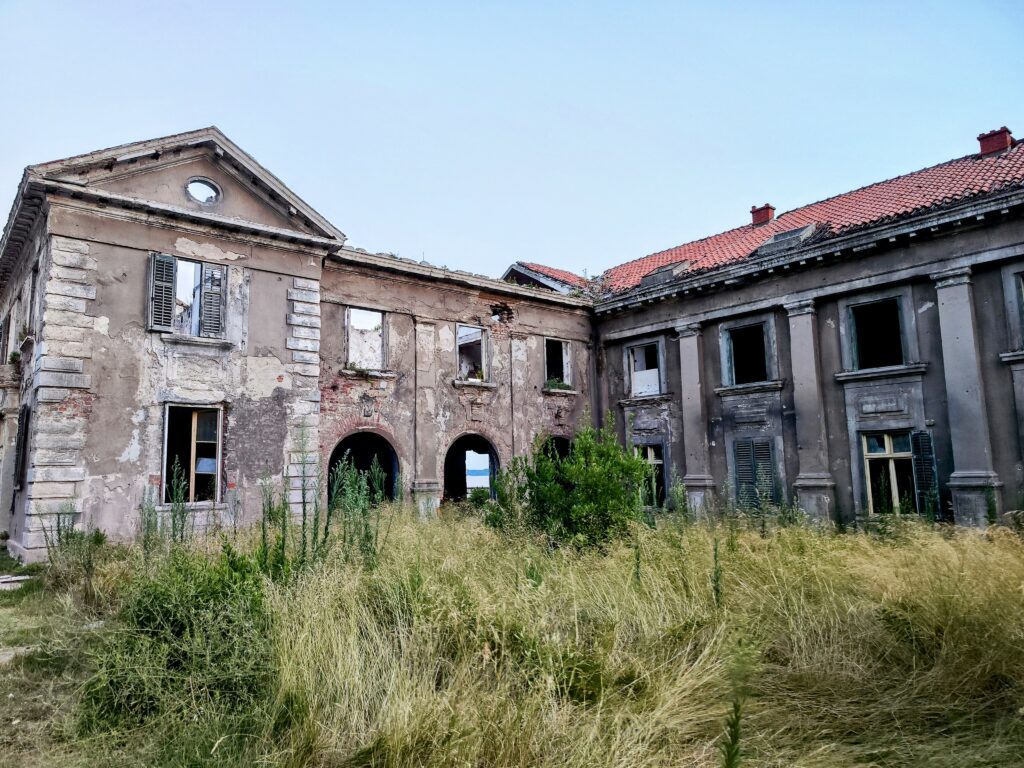
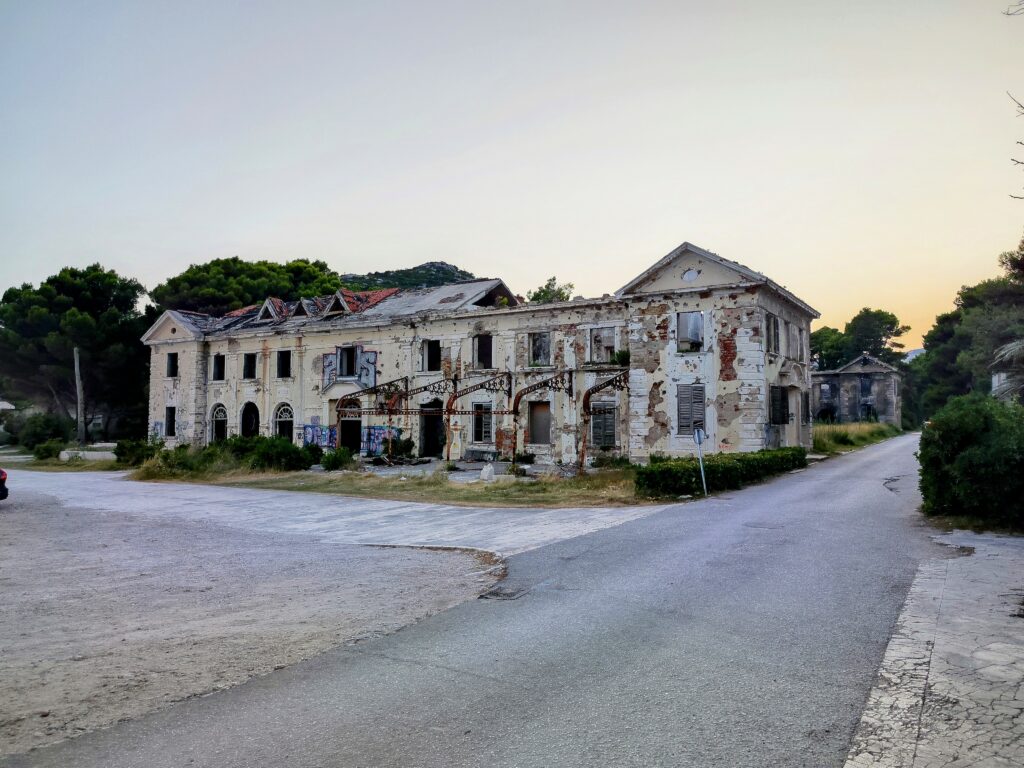
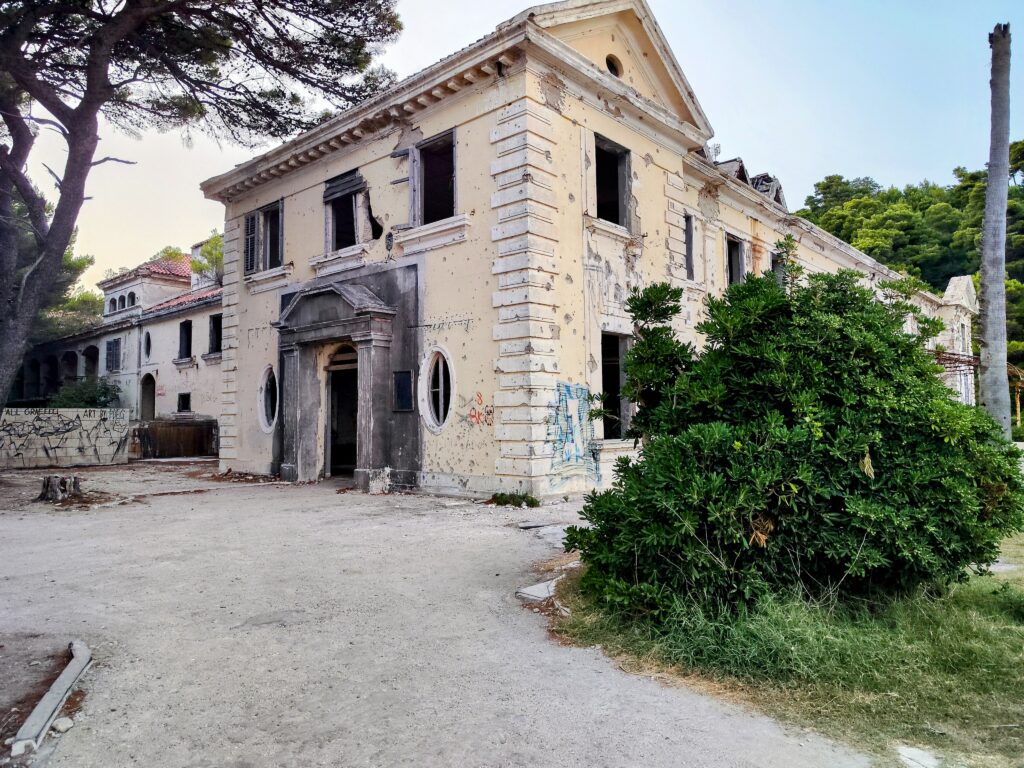
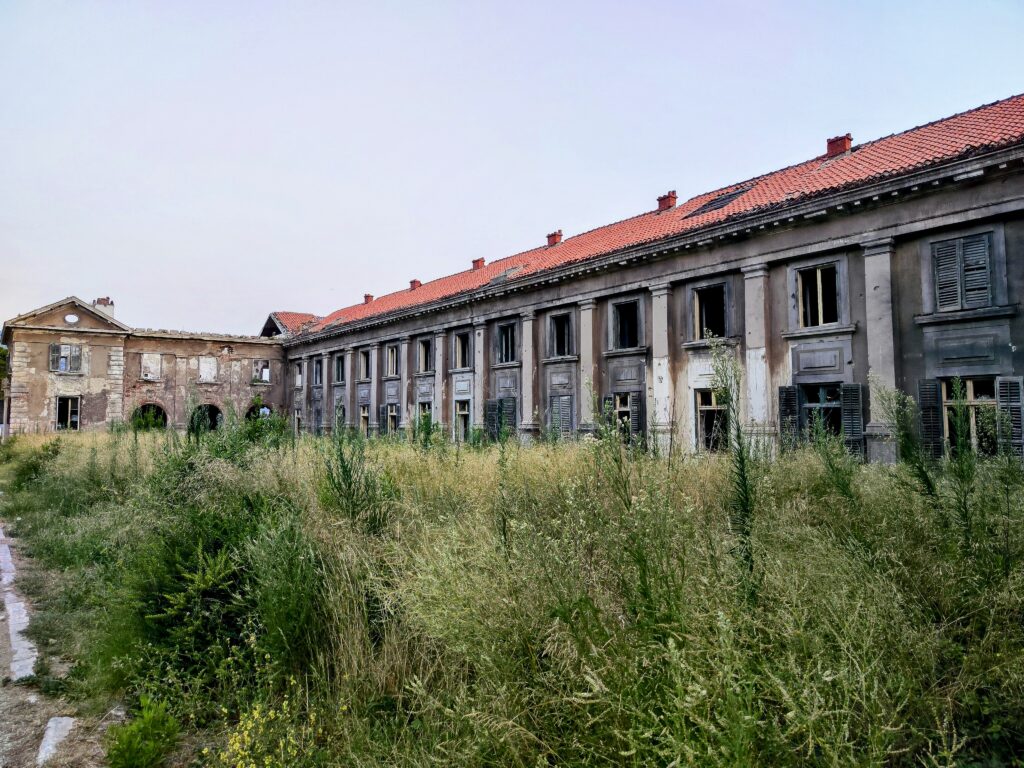
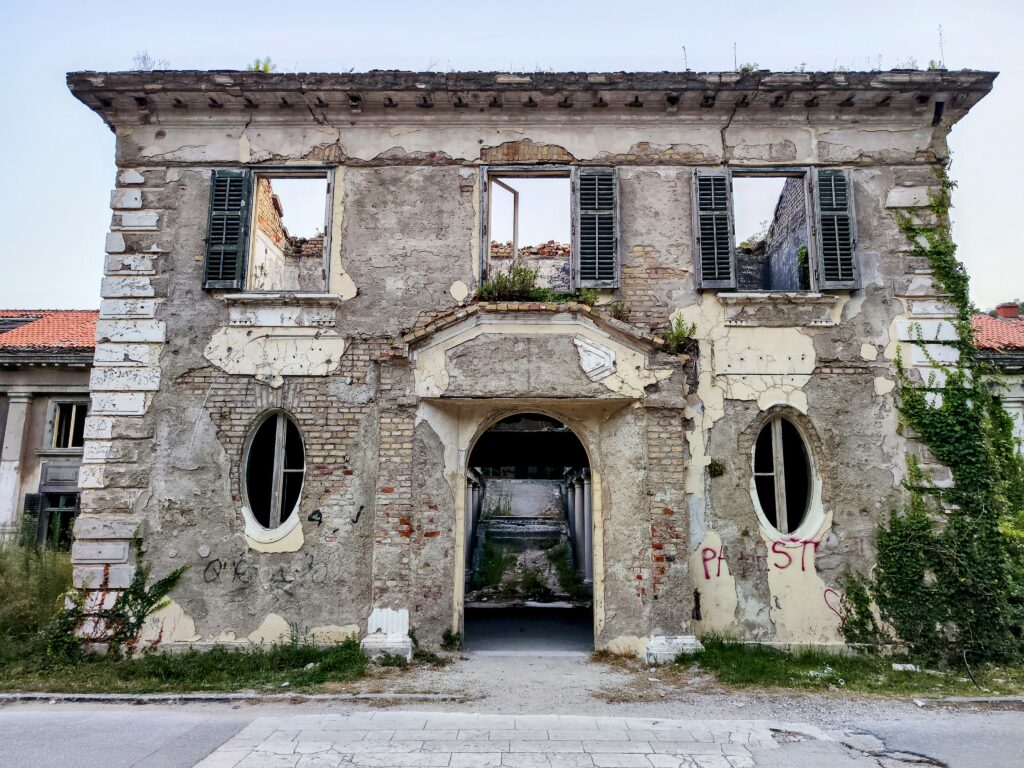
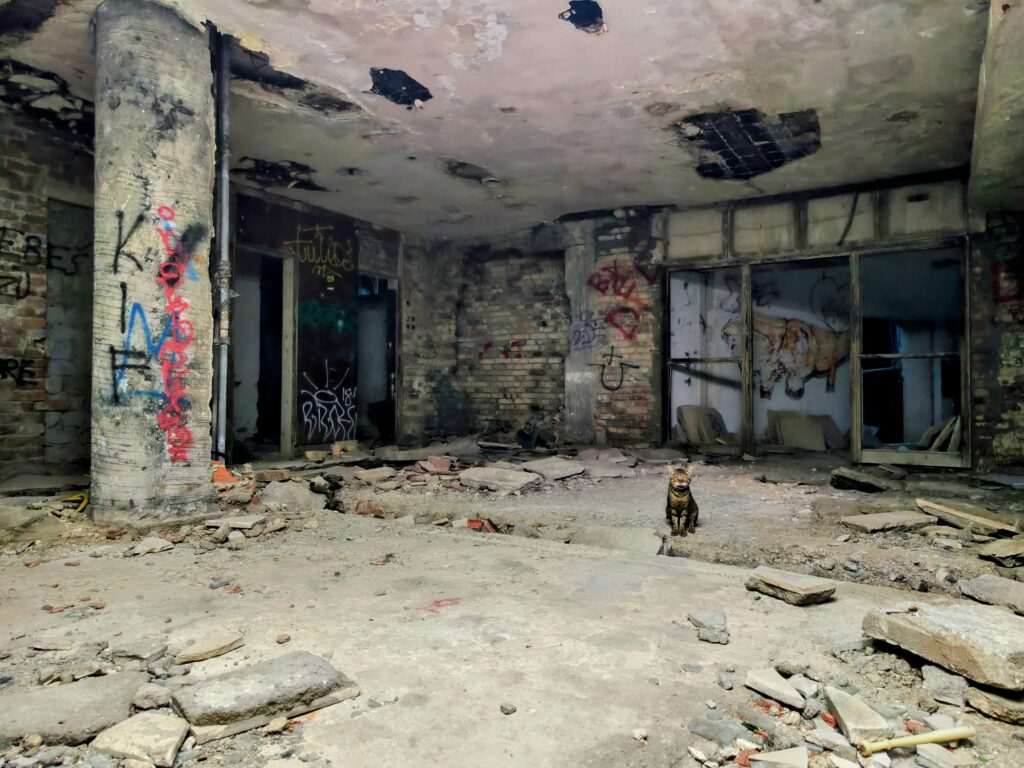
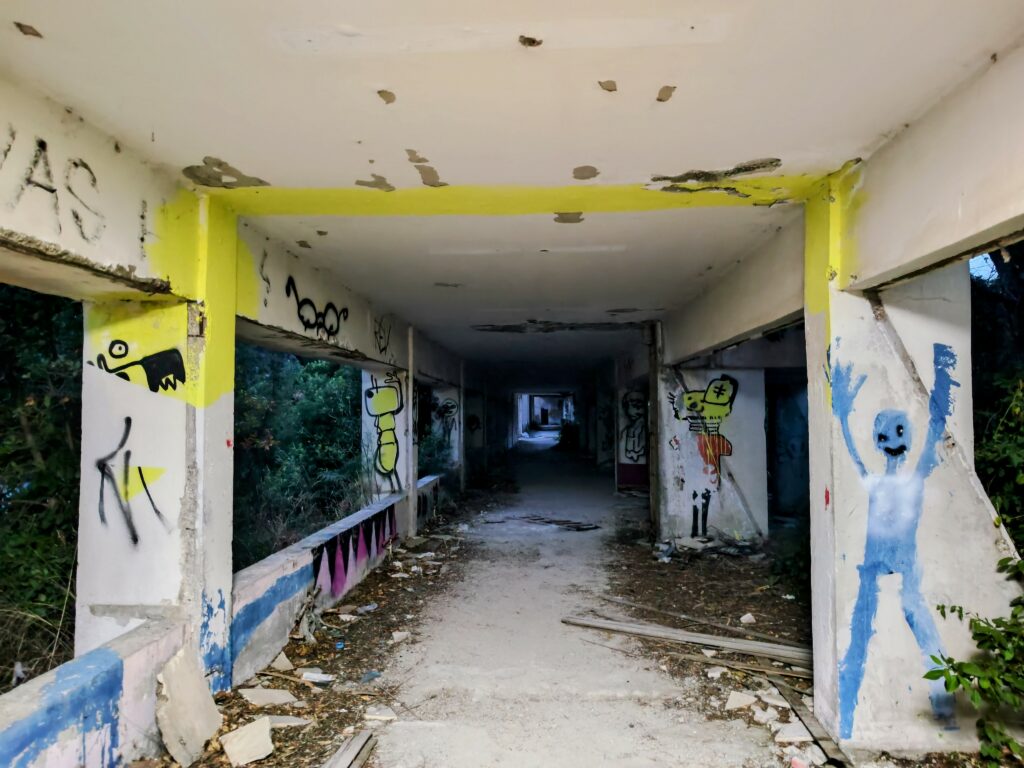
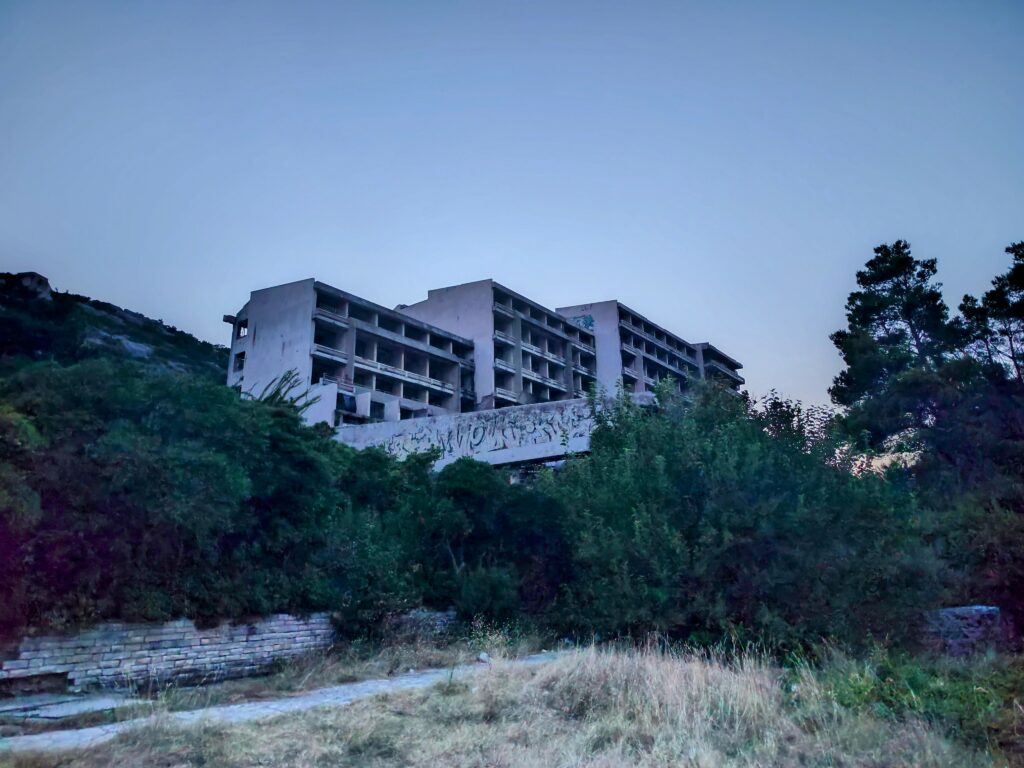
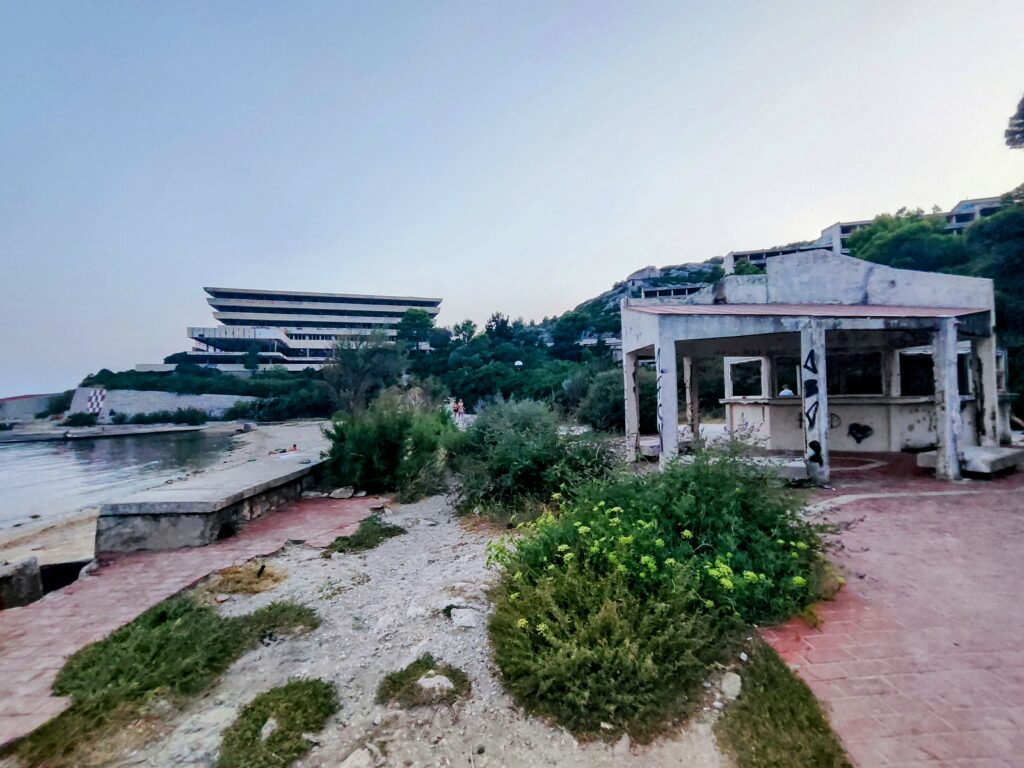

Last Updated on 19 December 2024 by Michael
